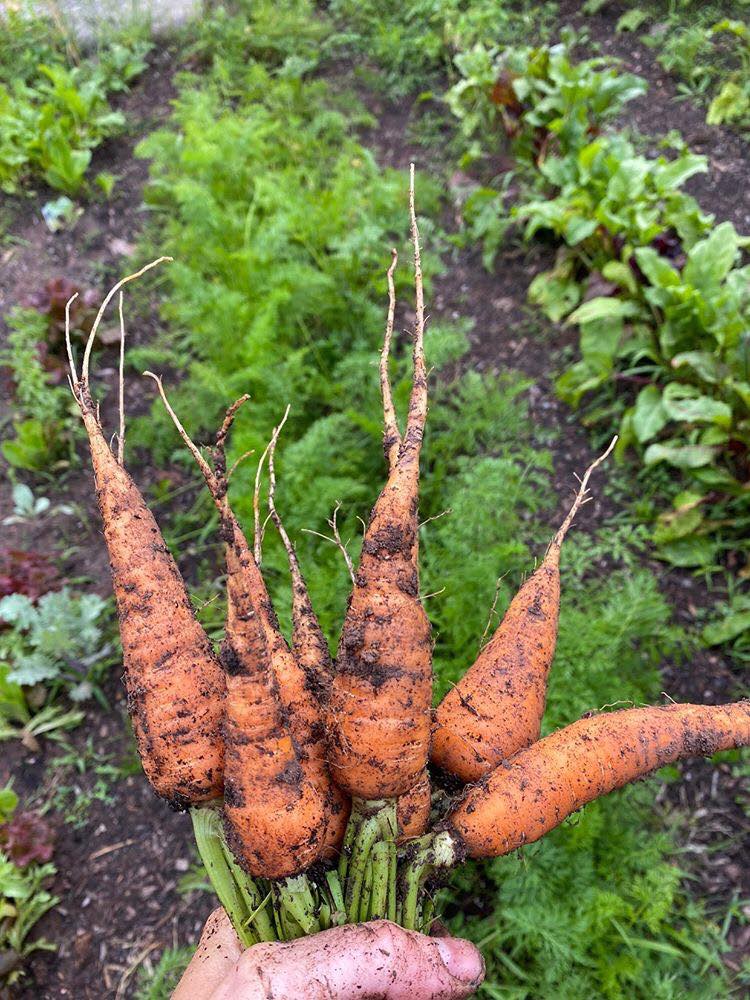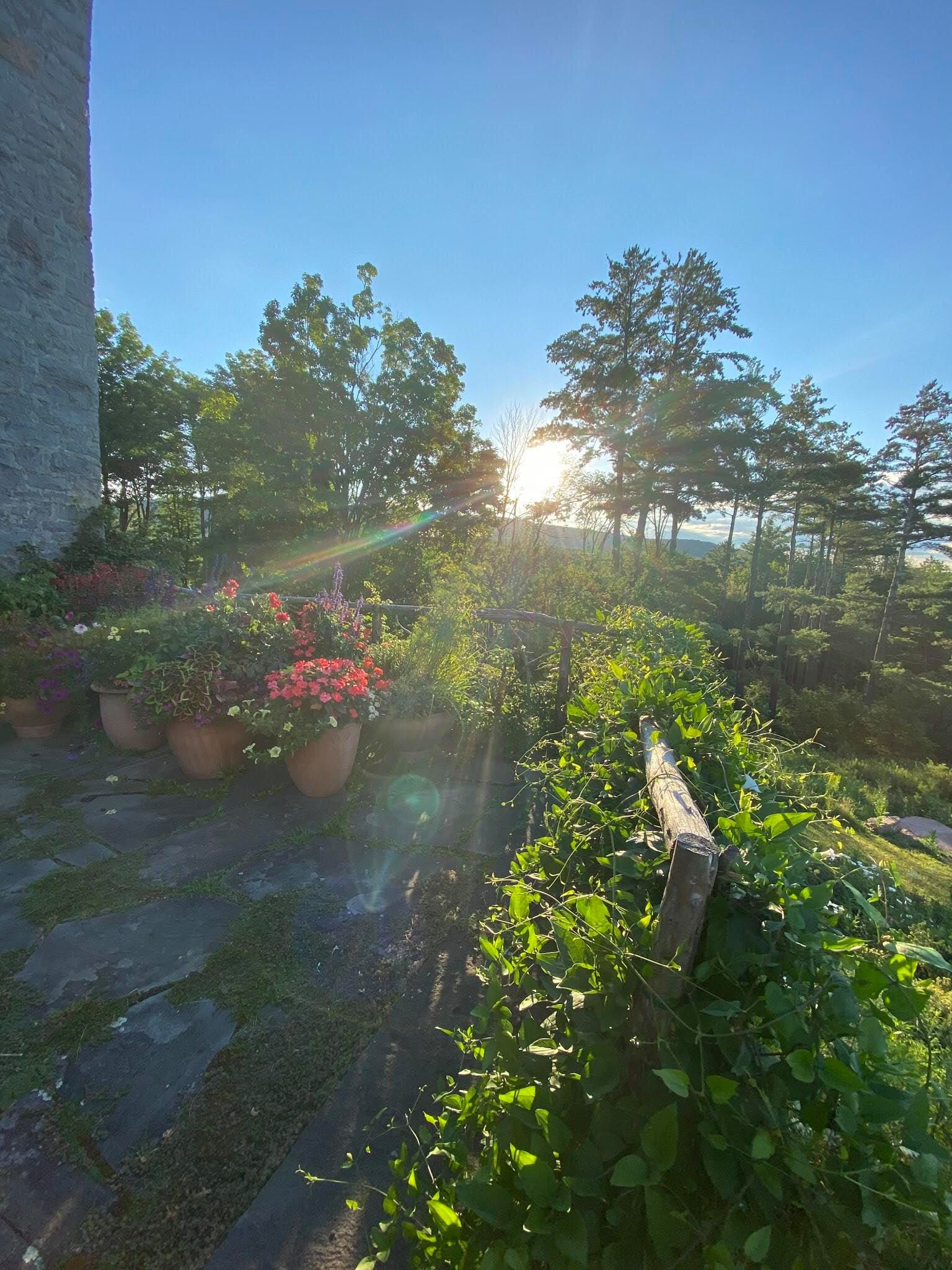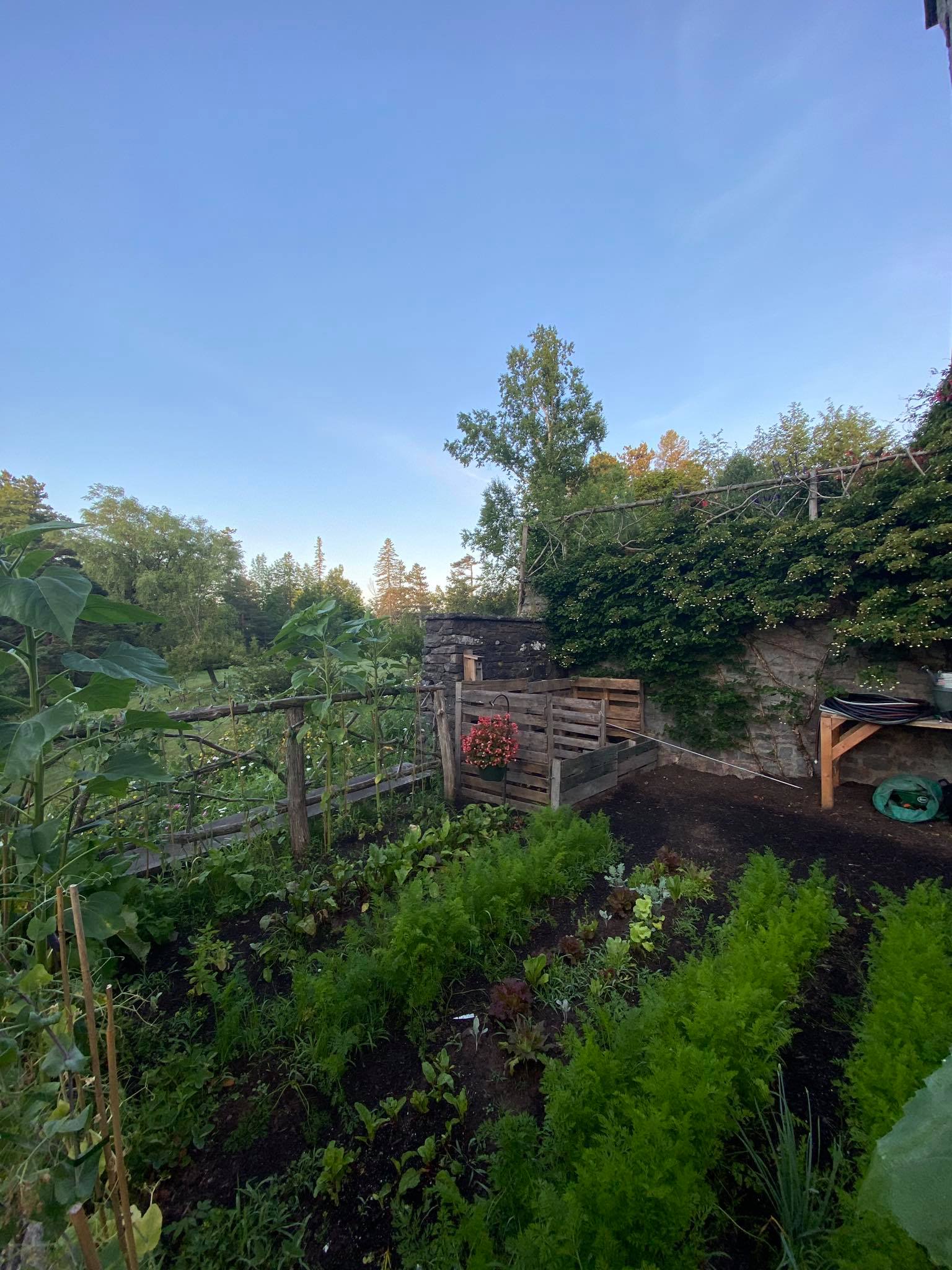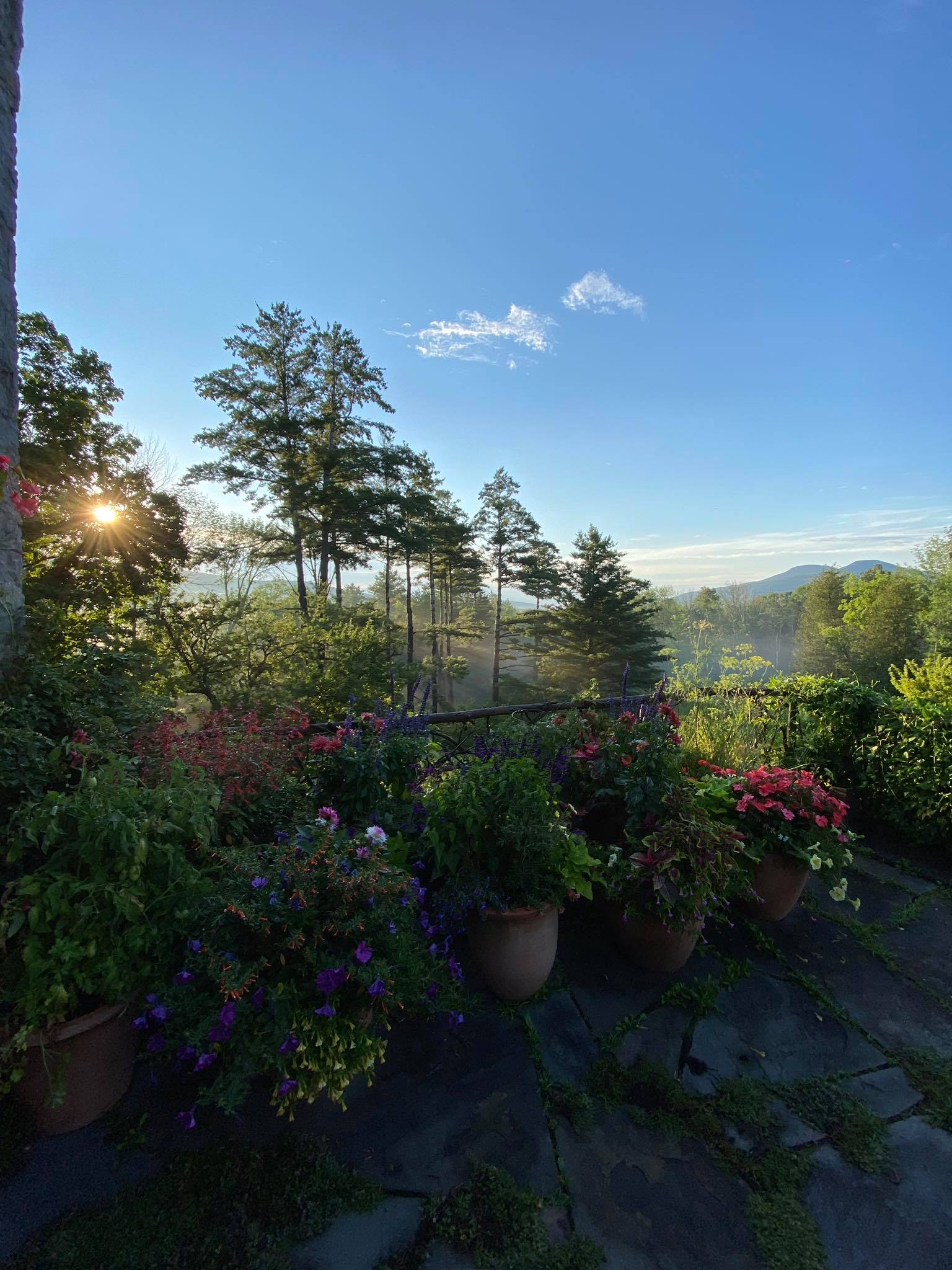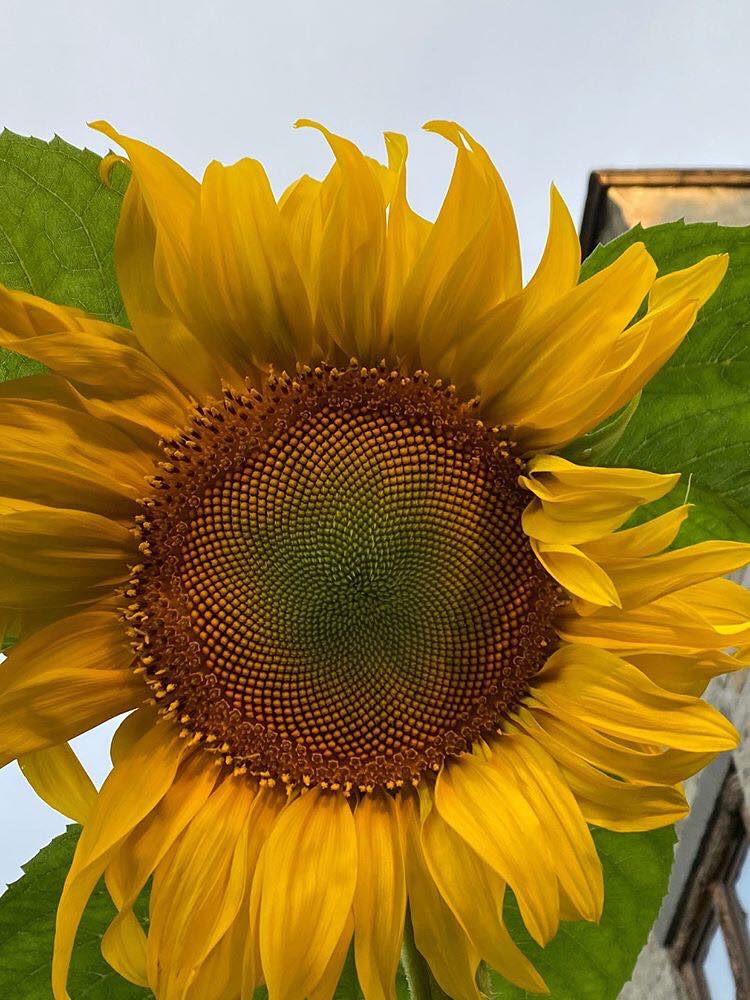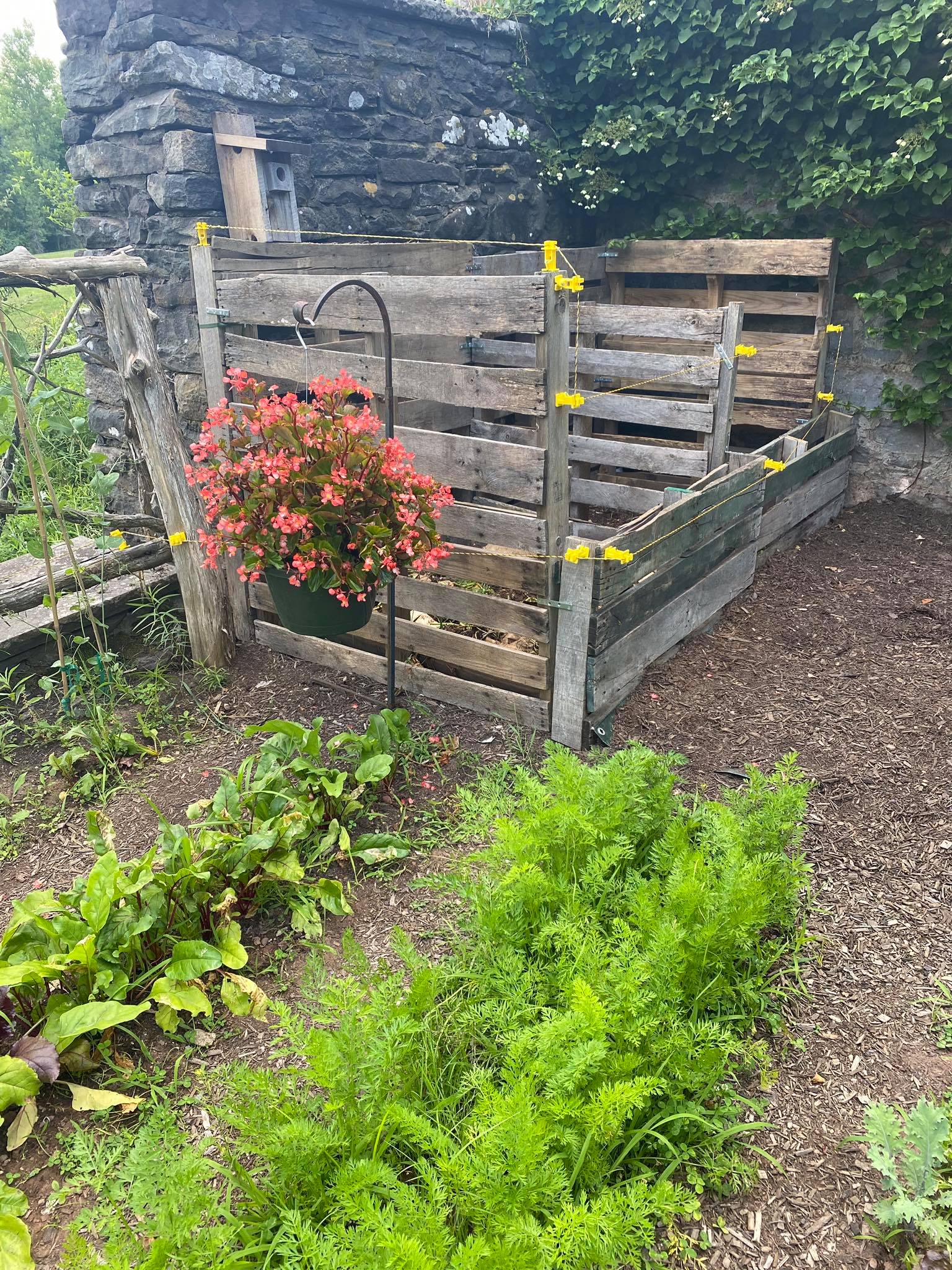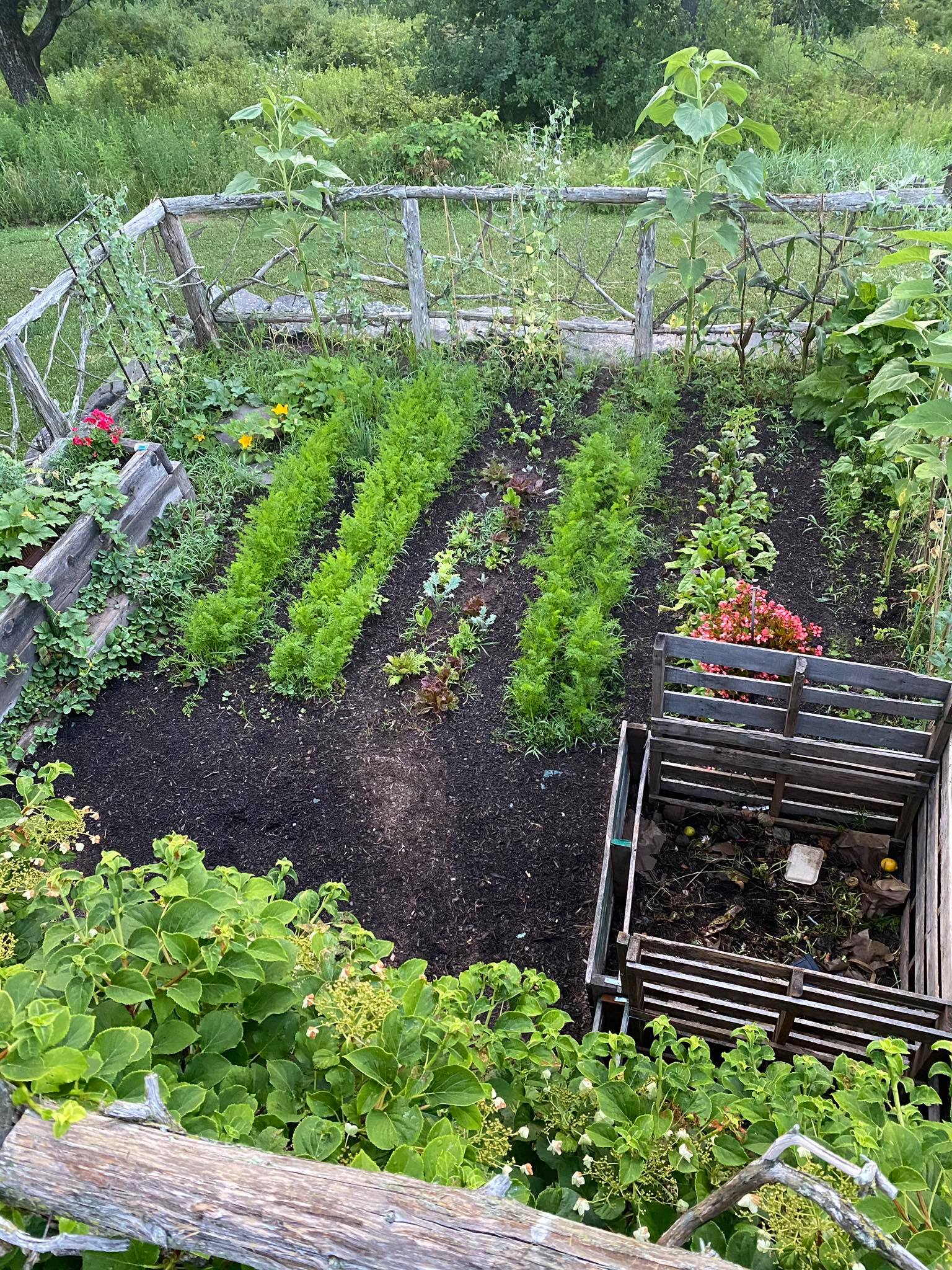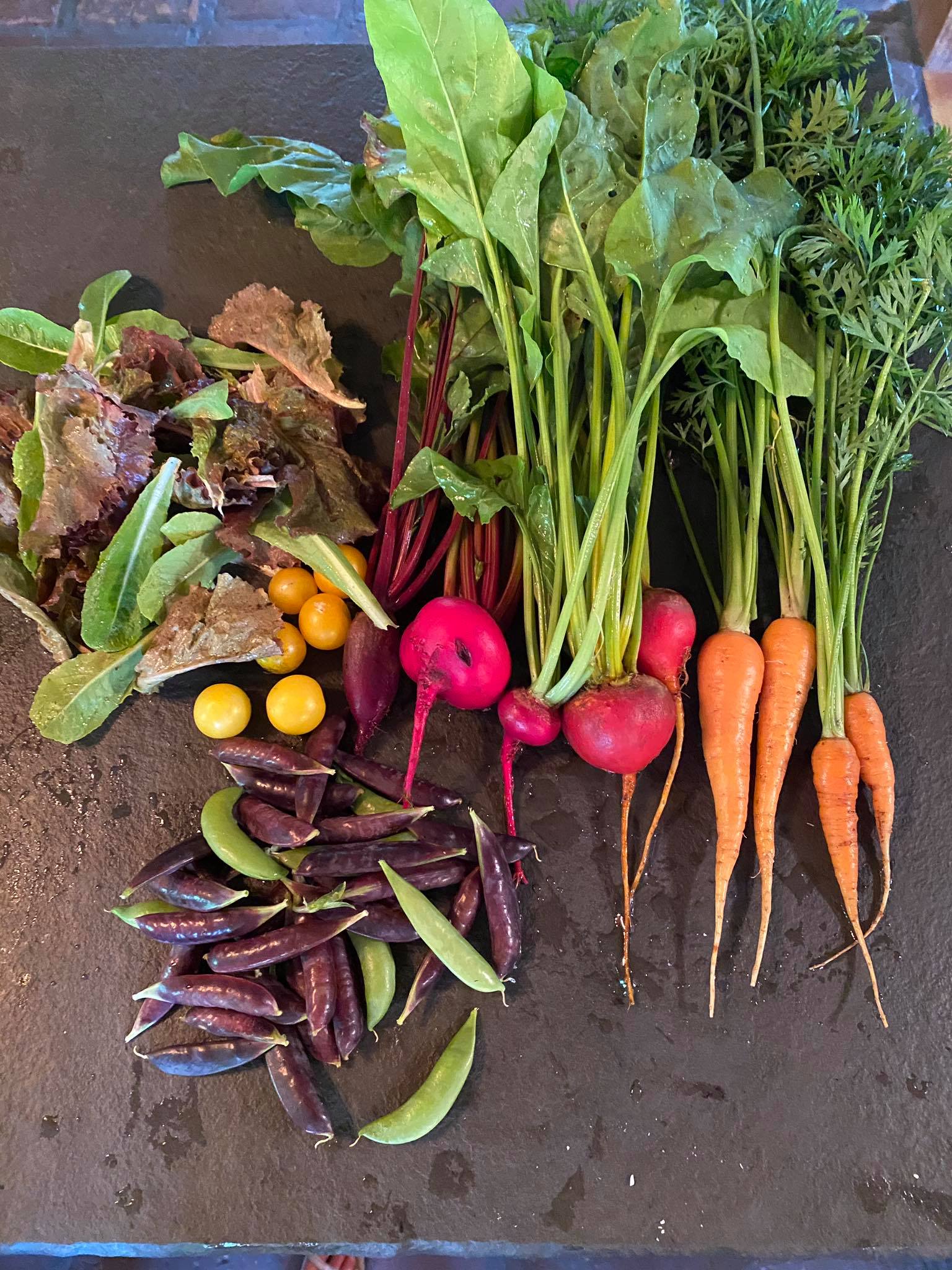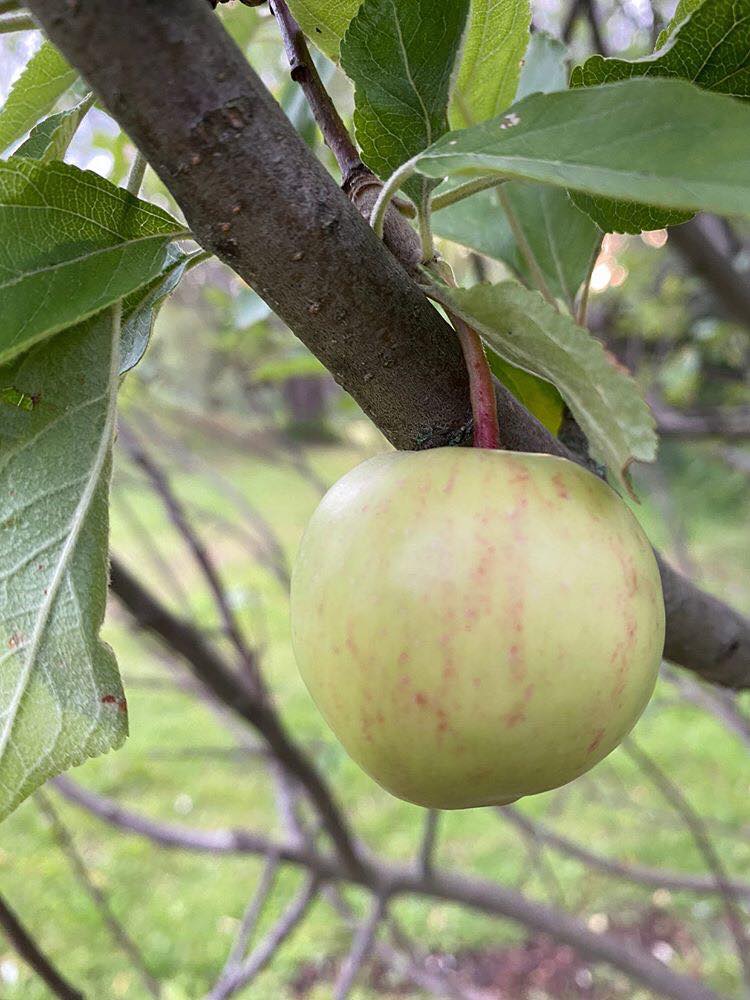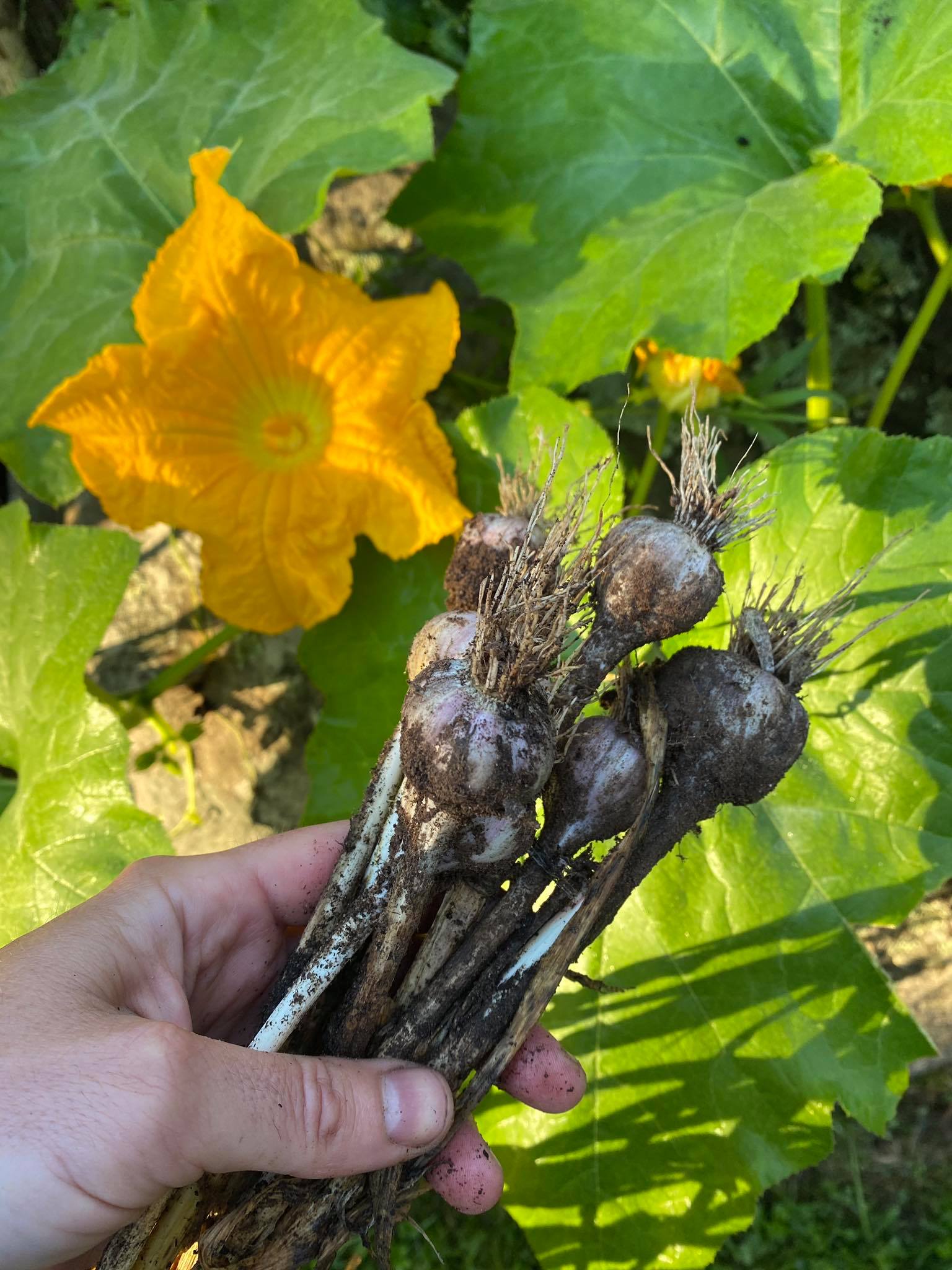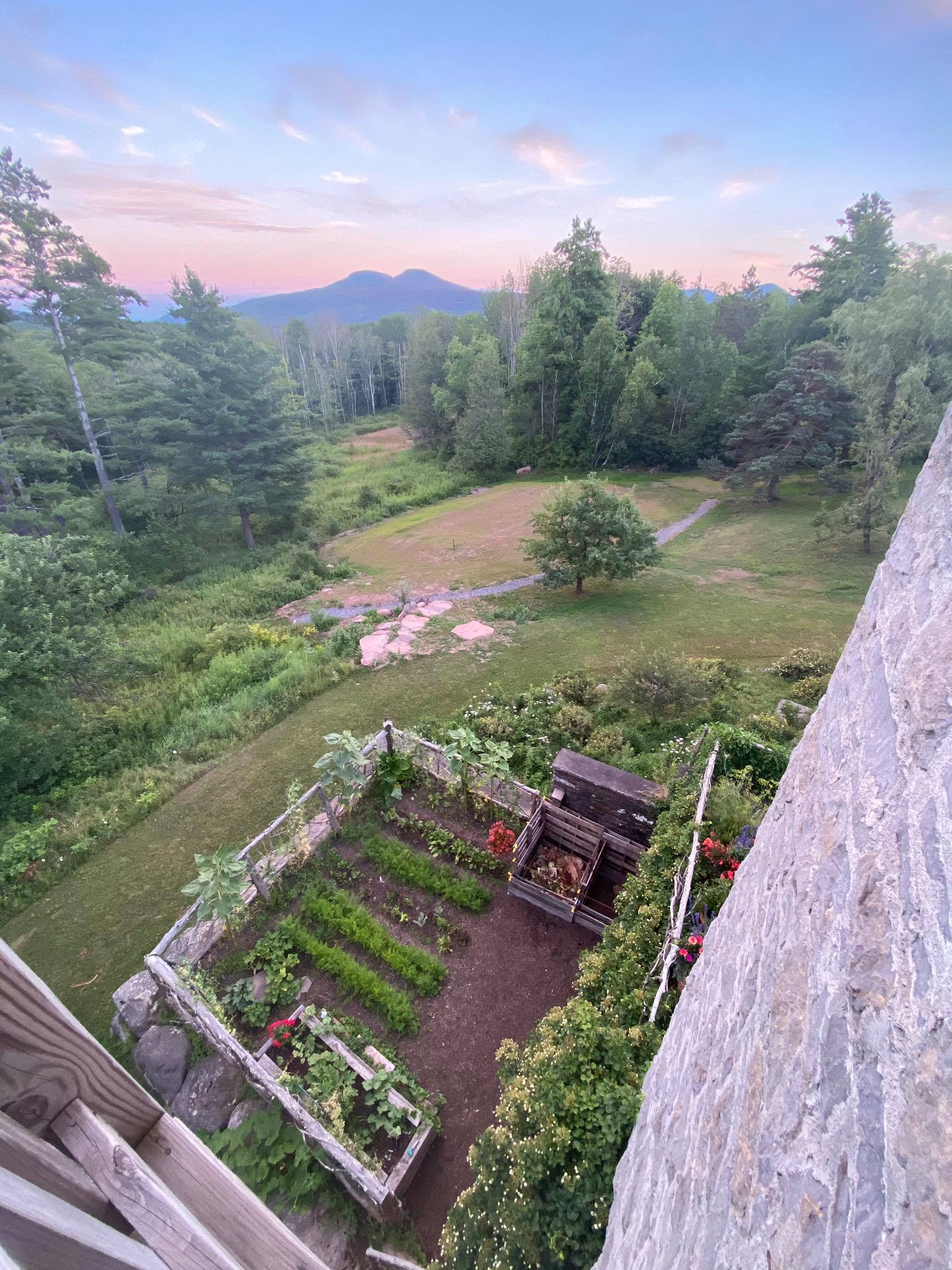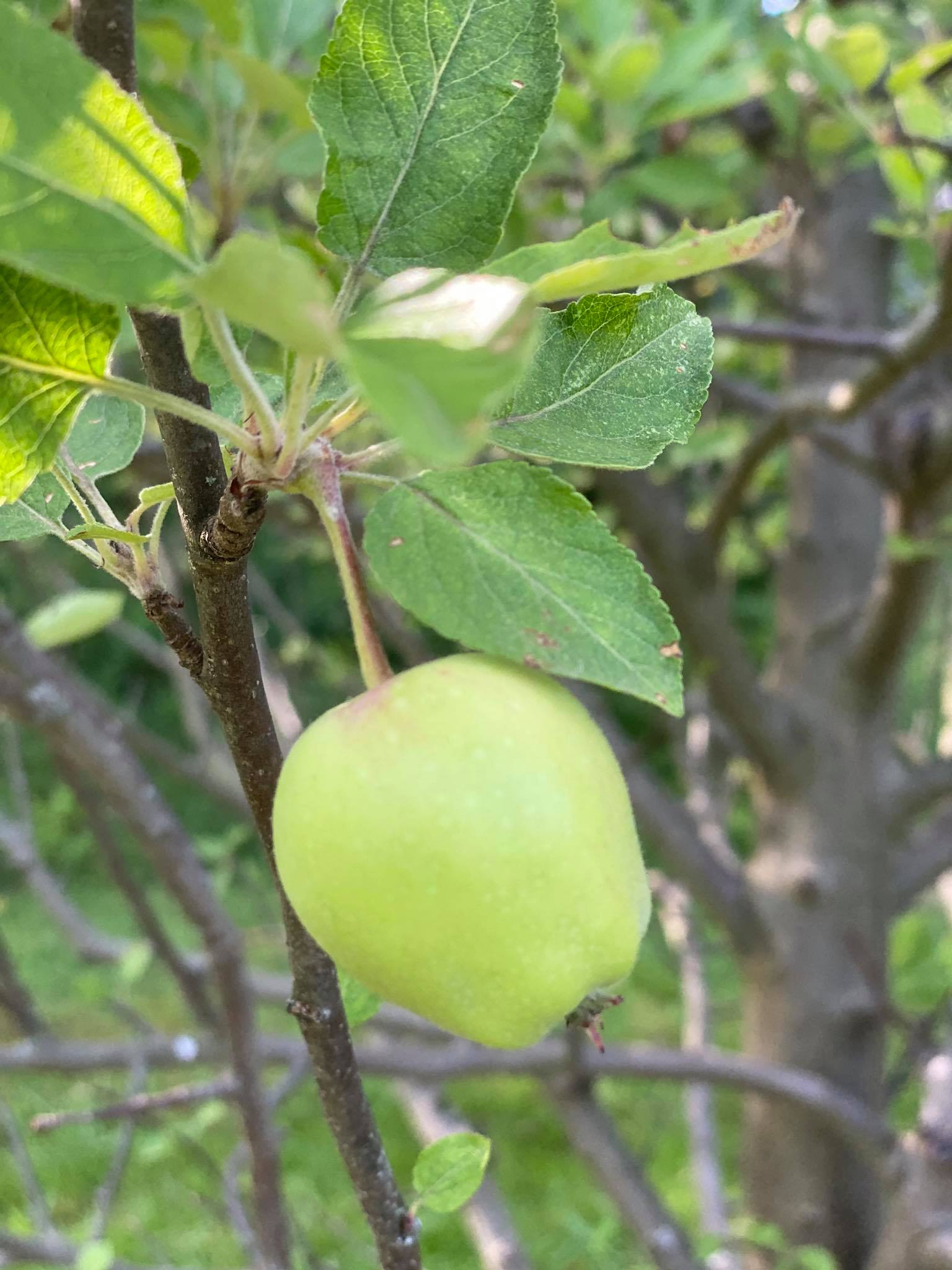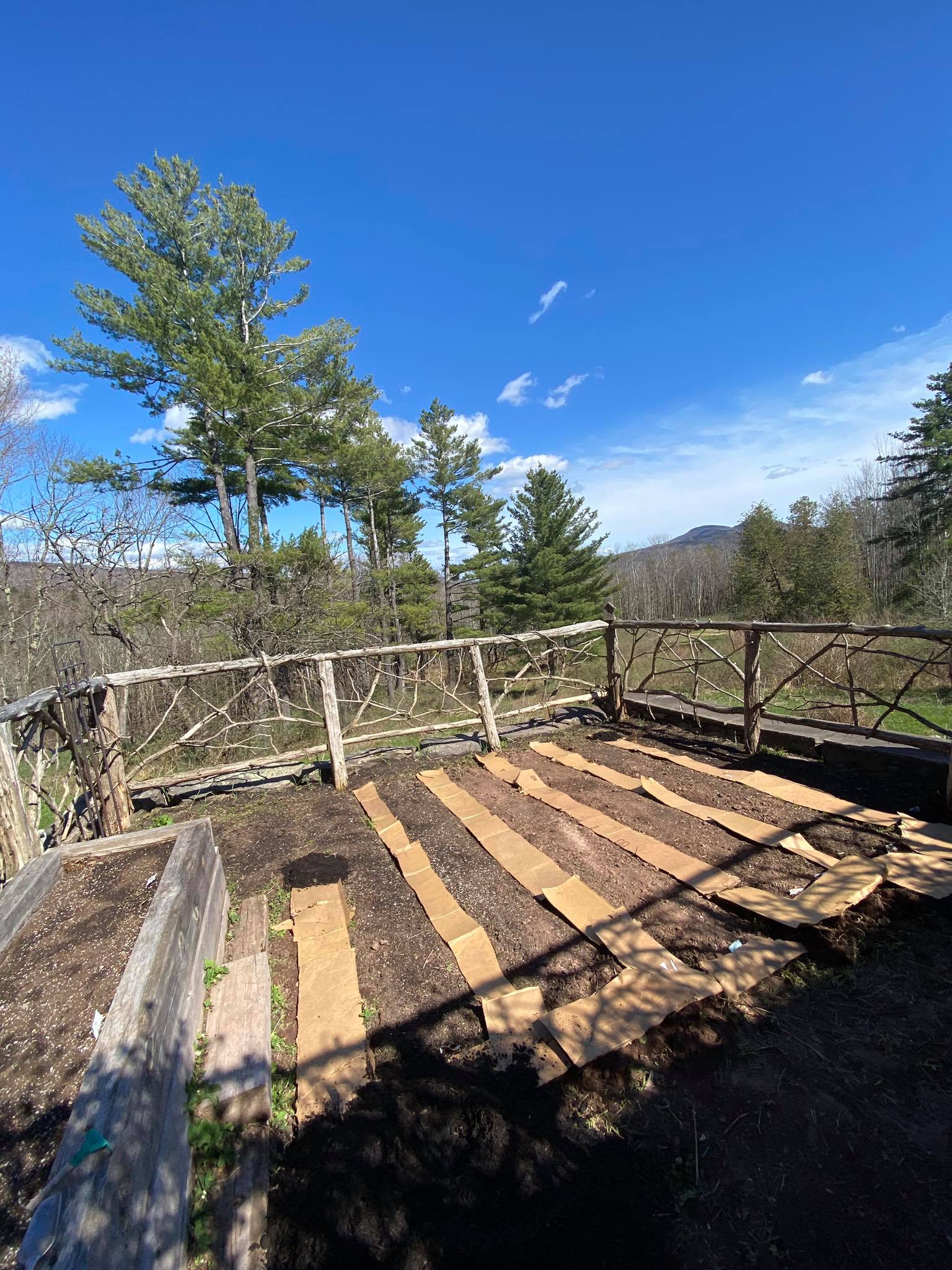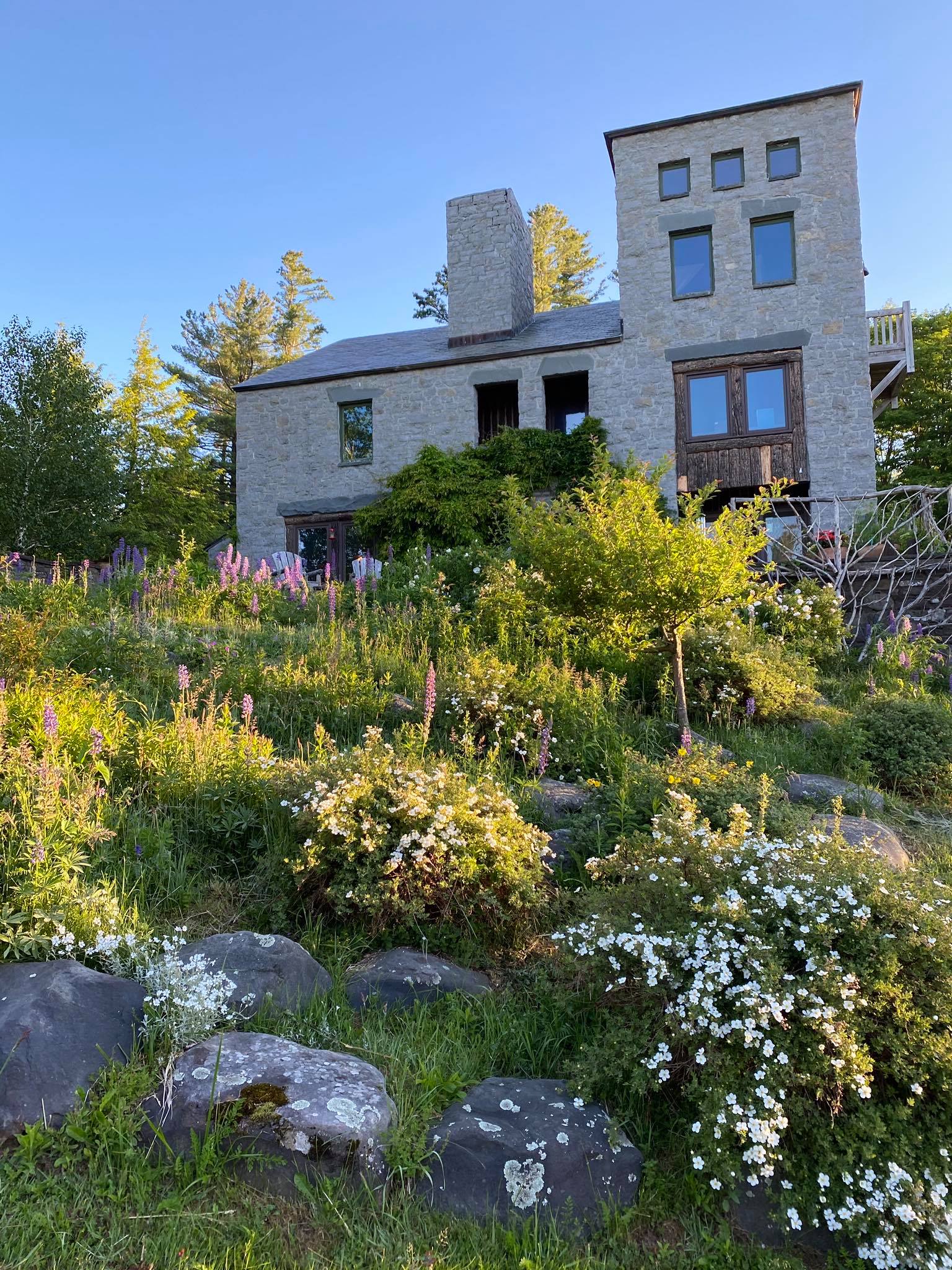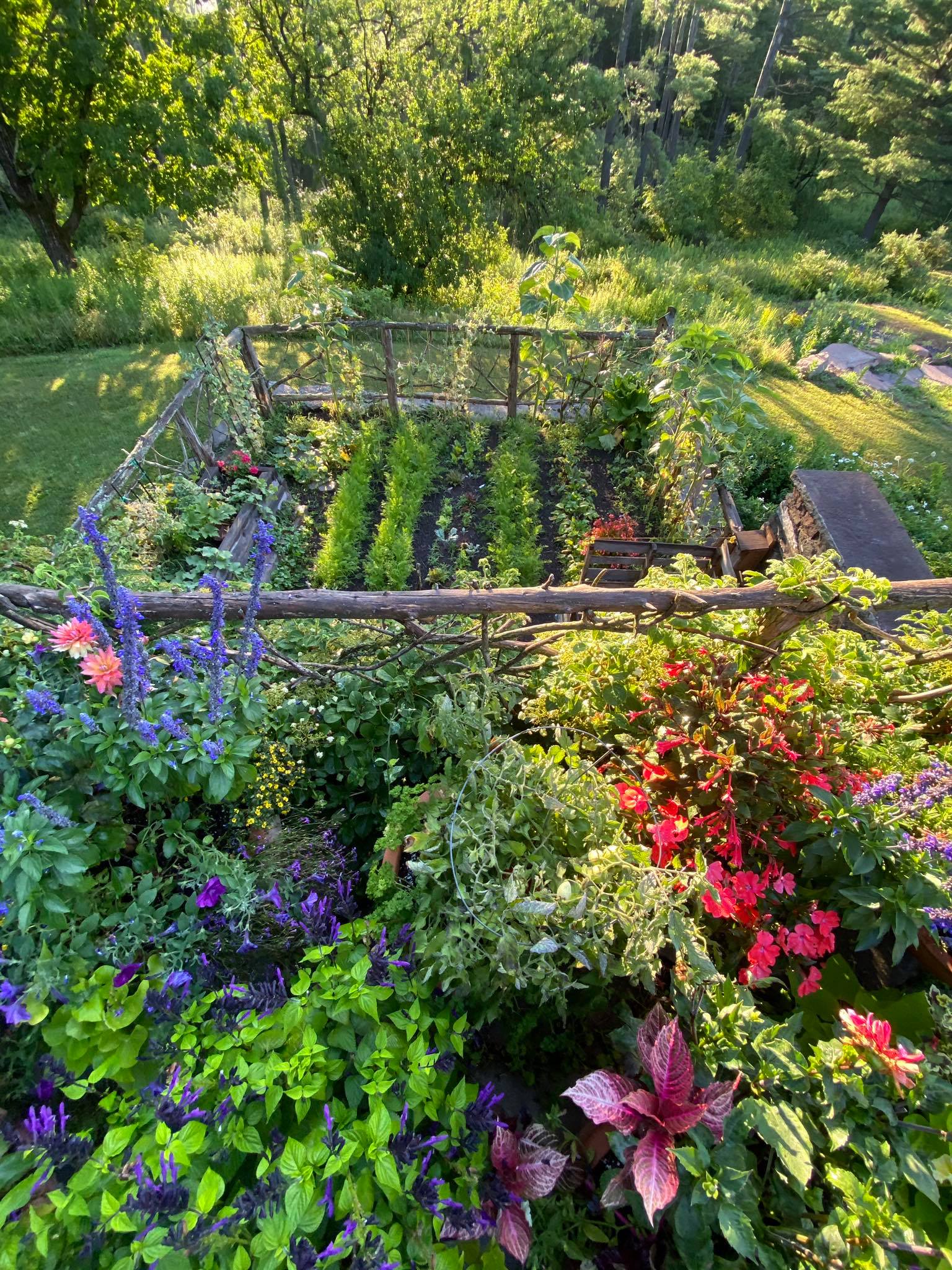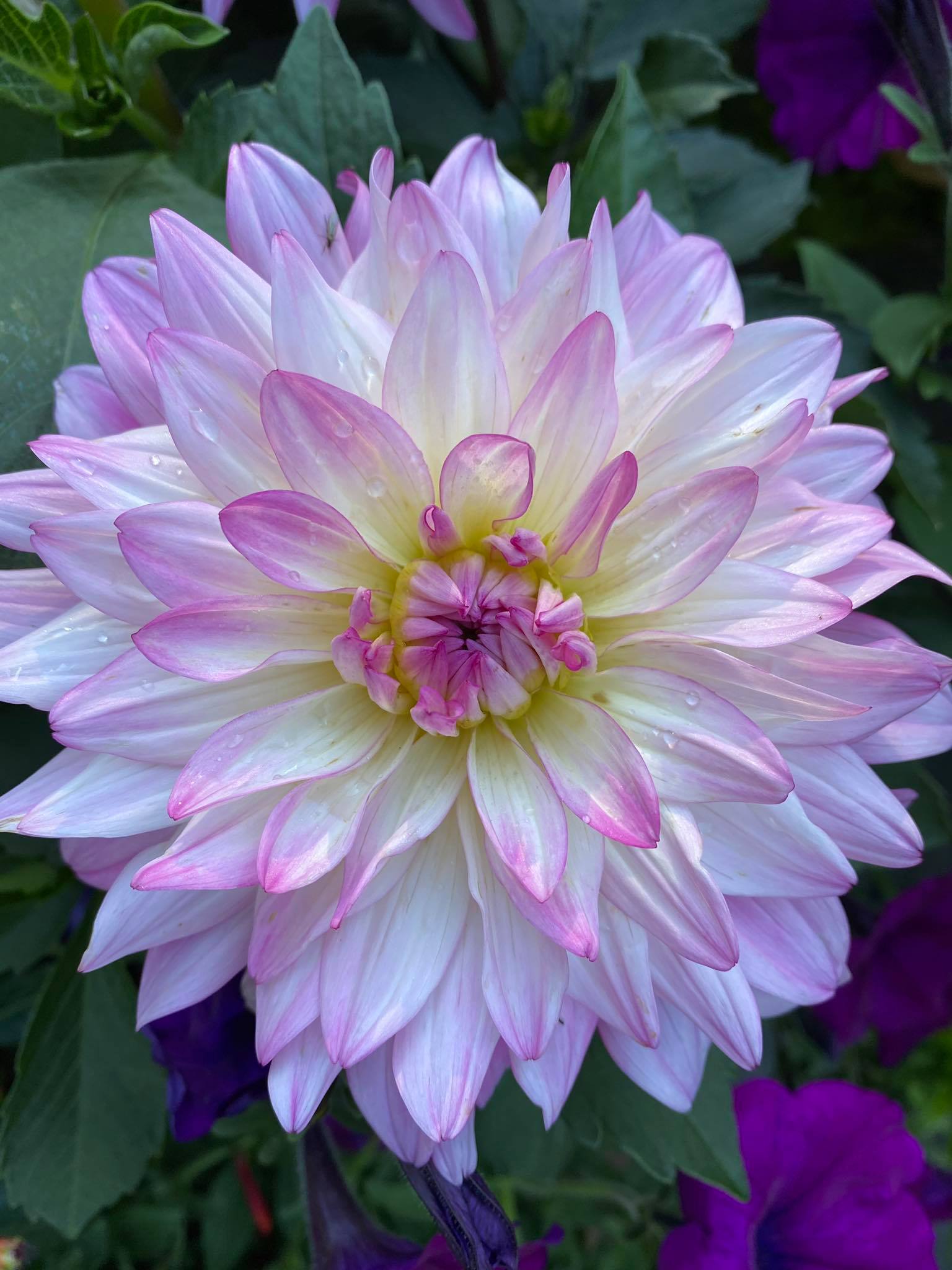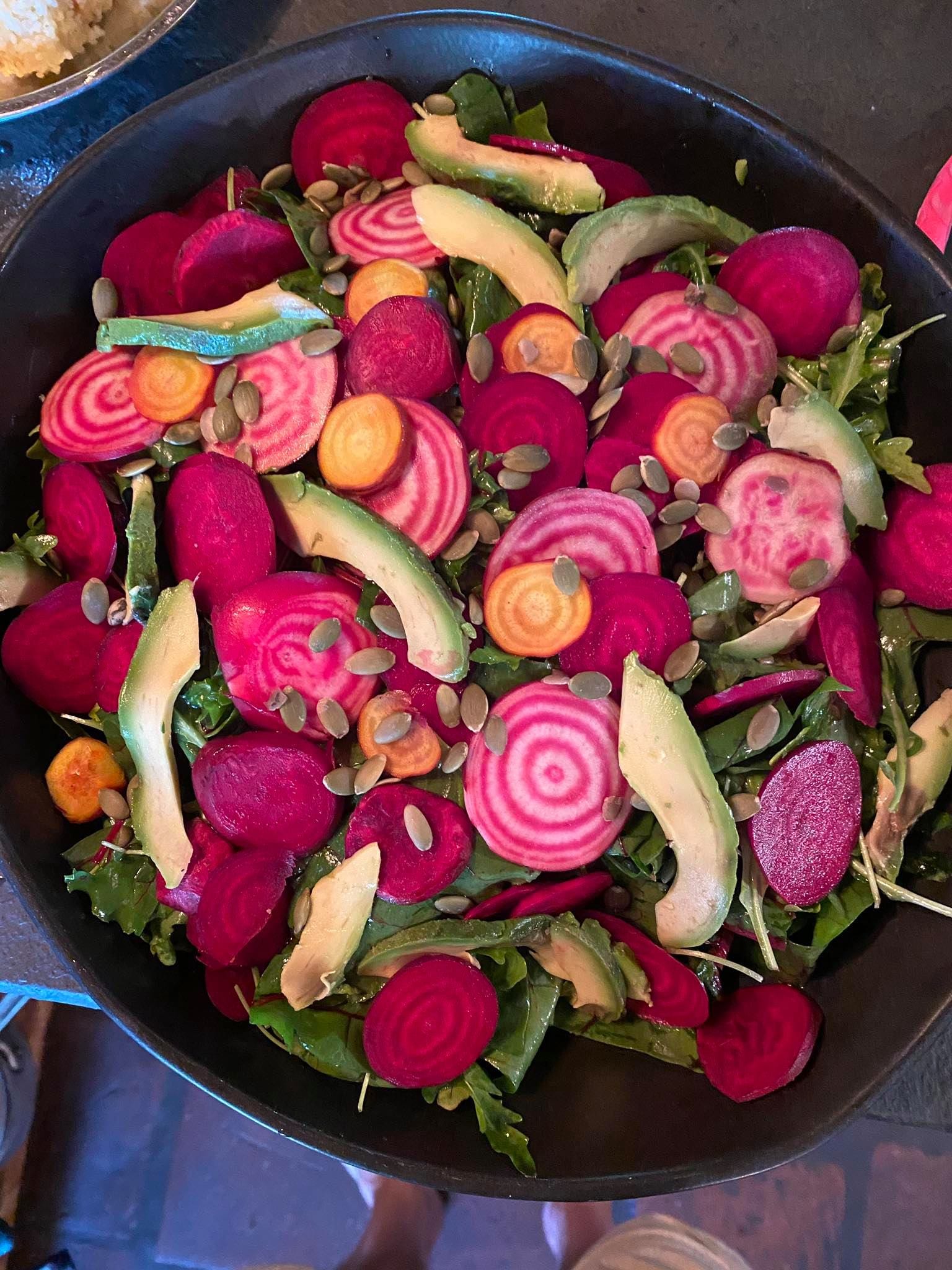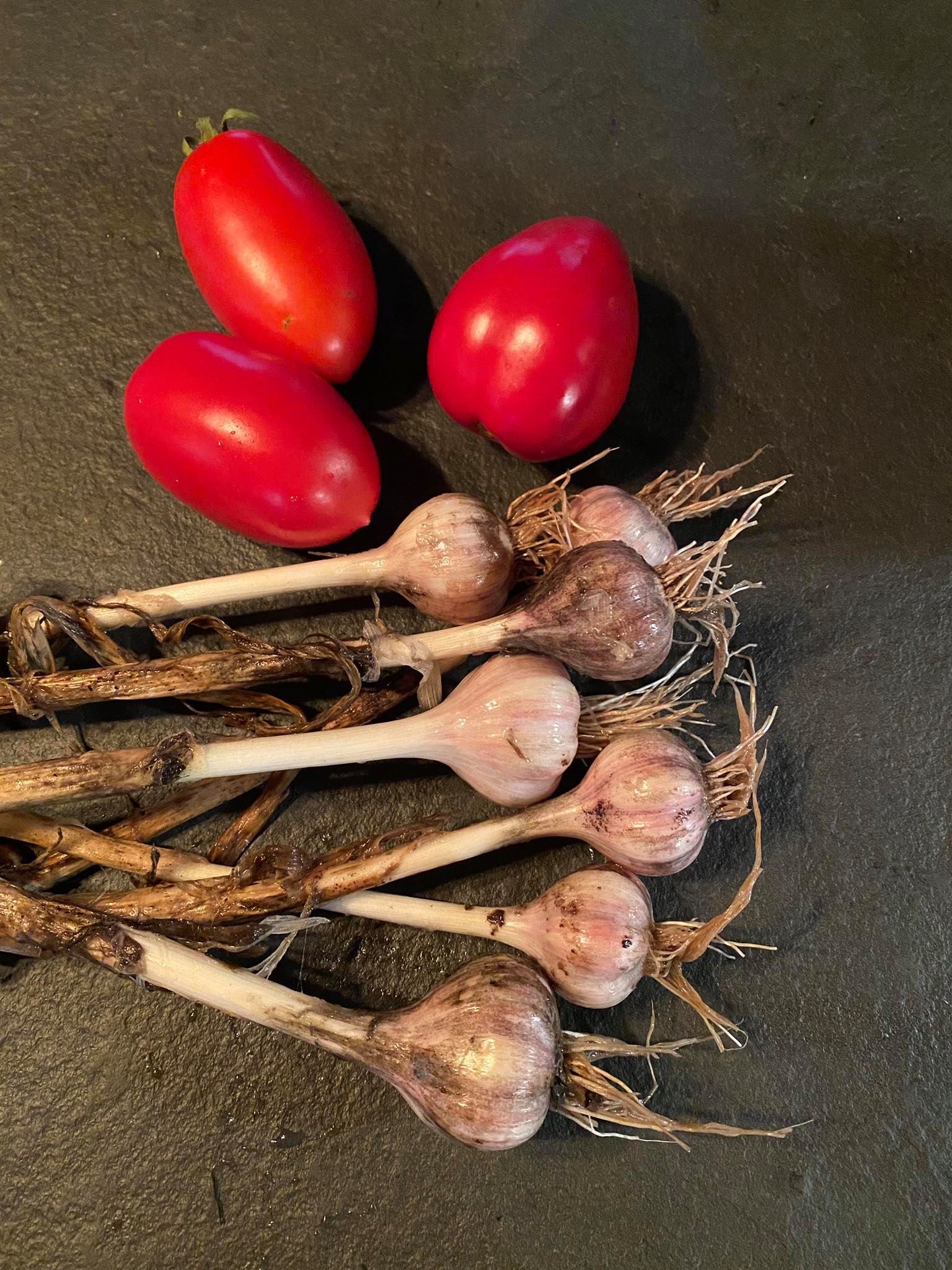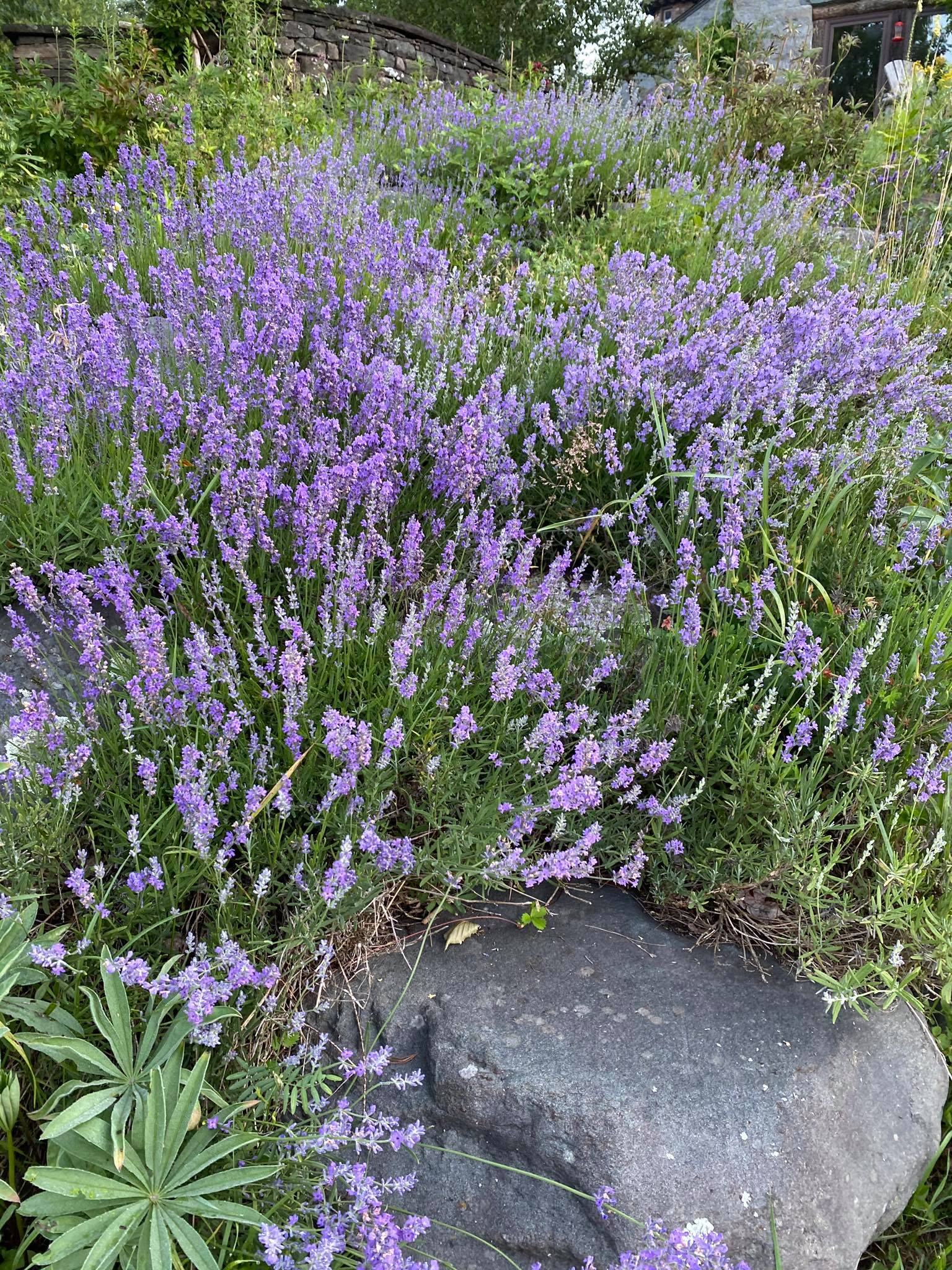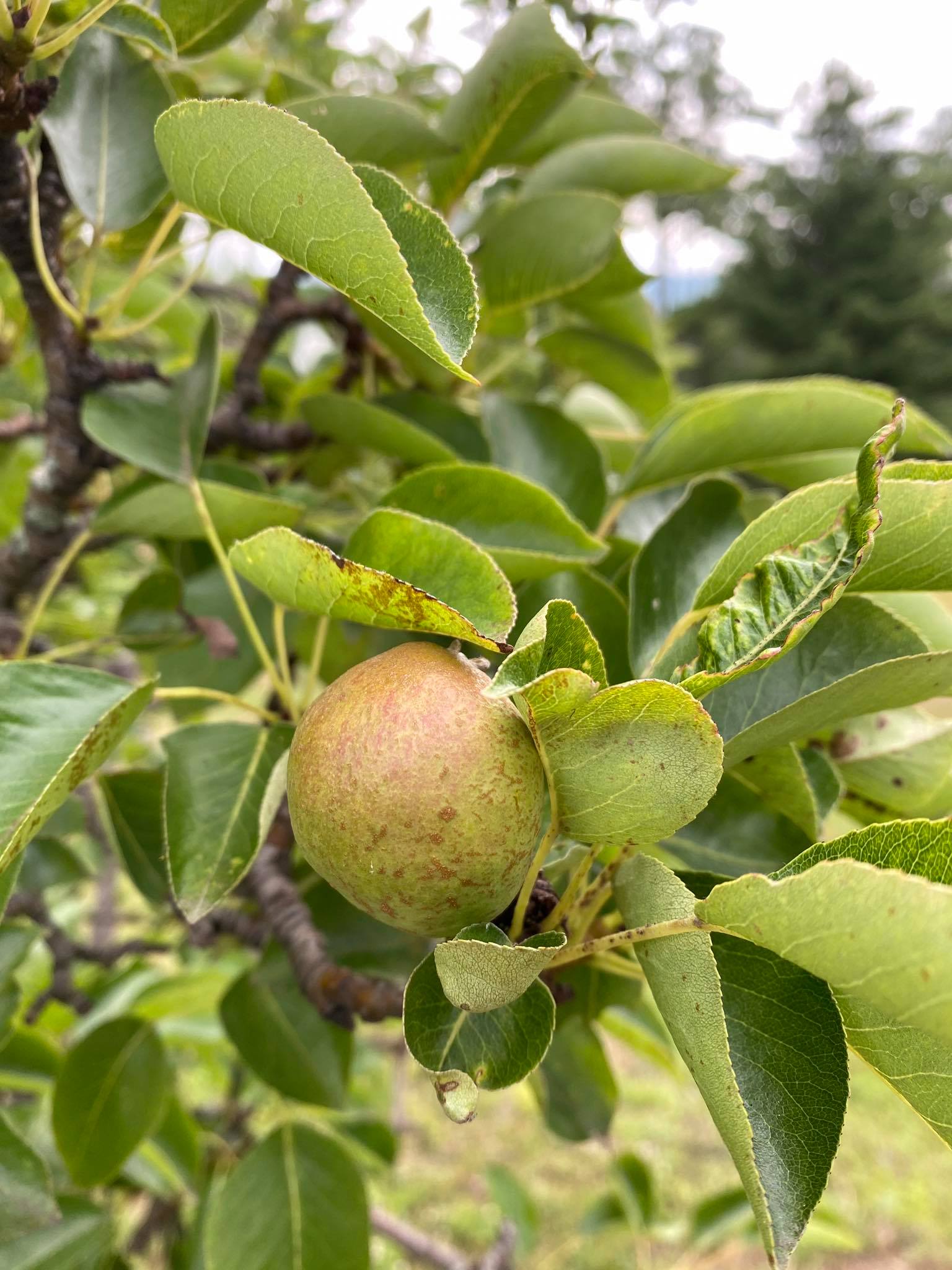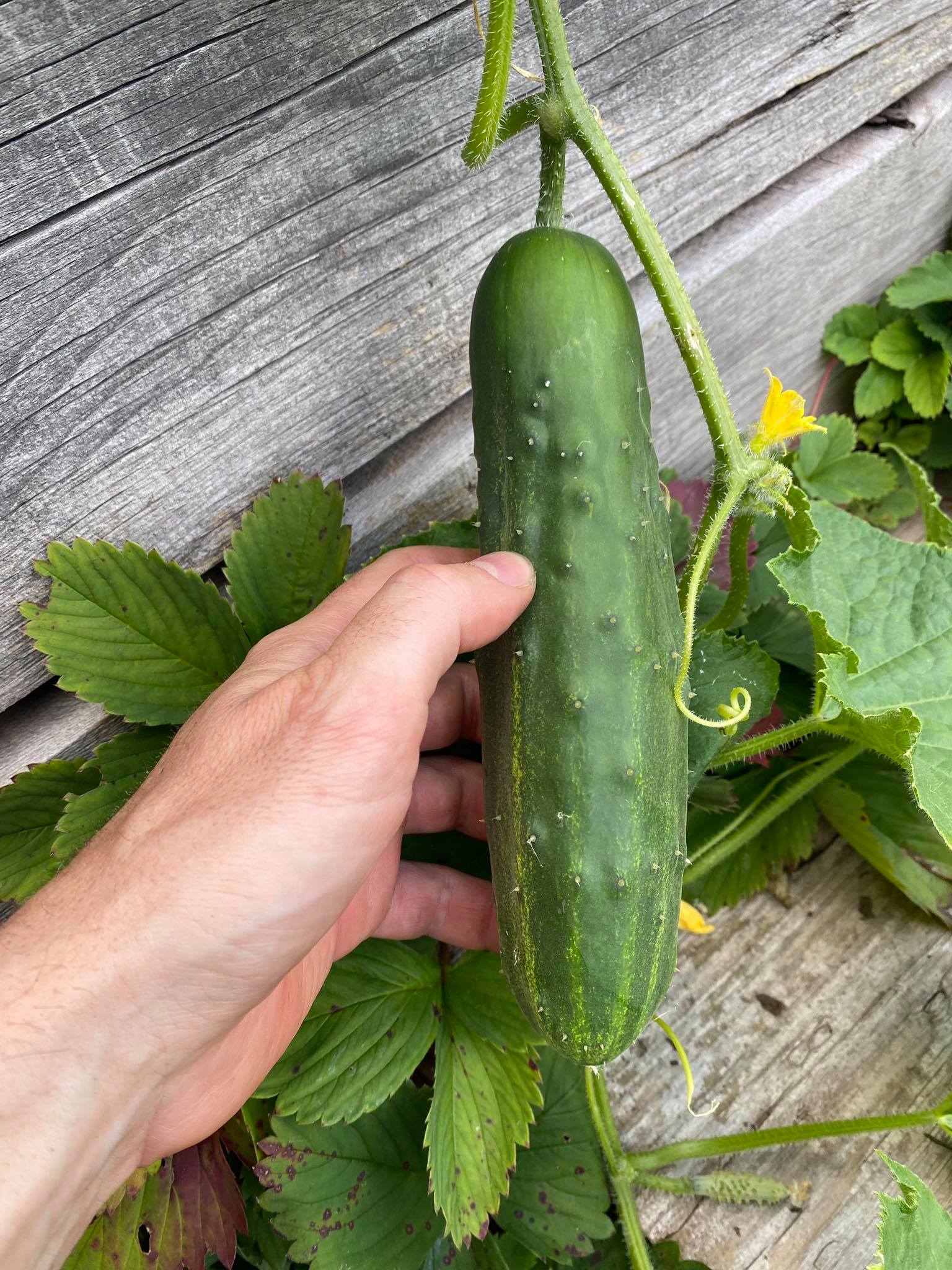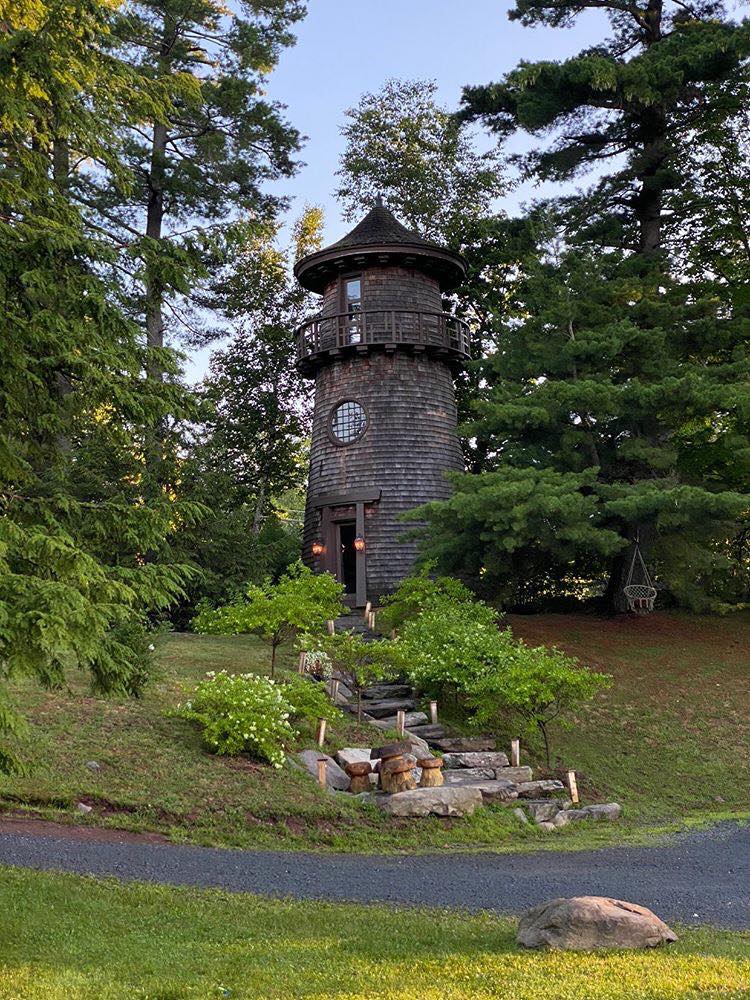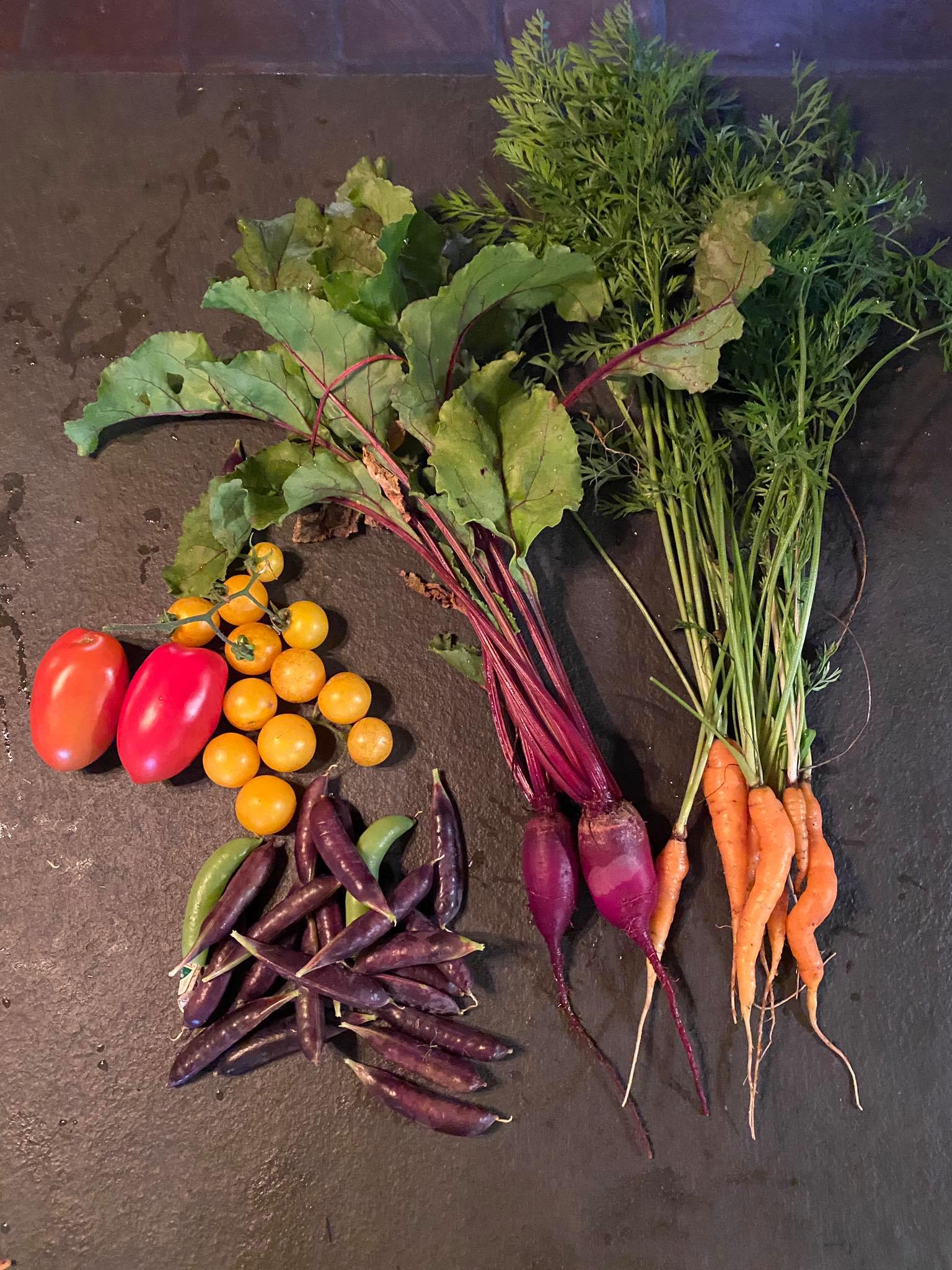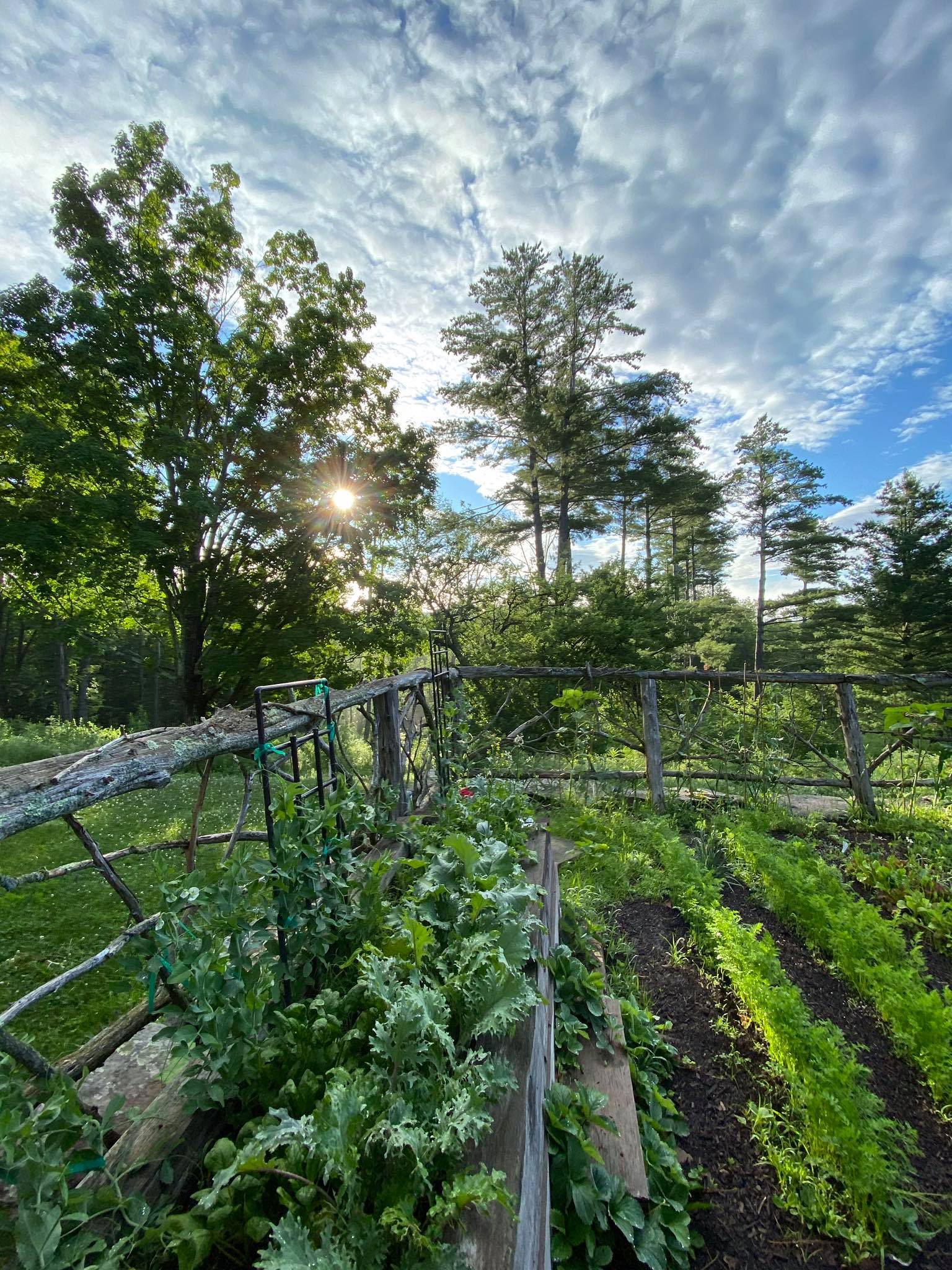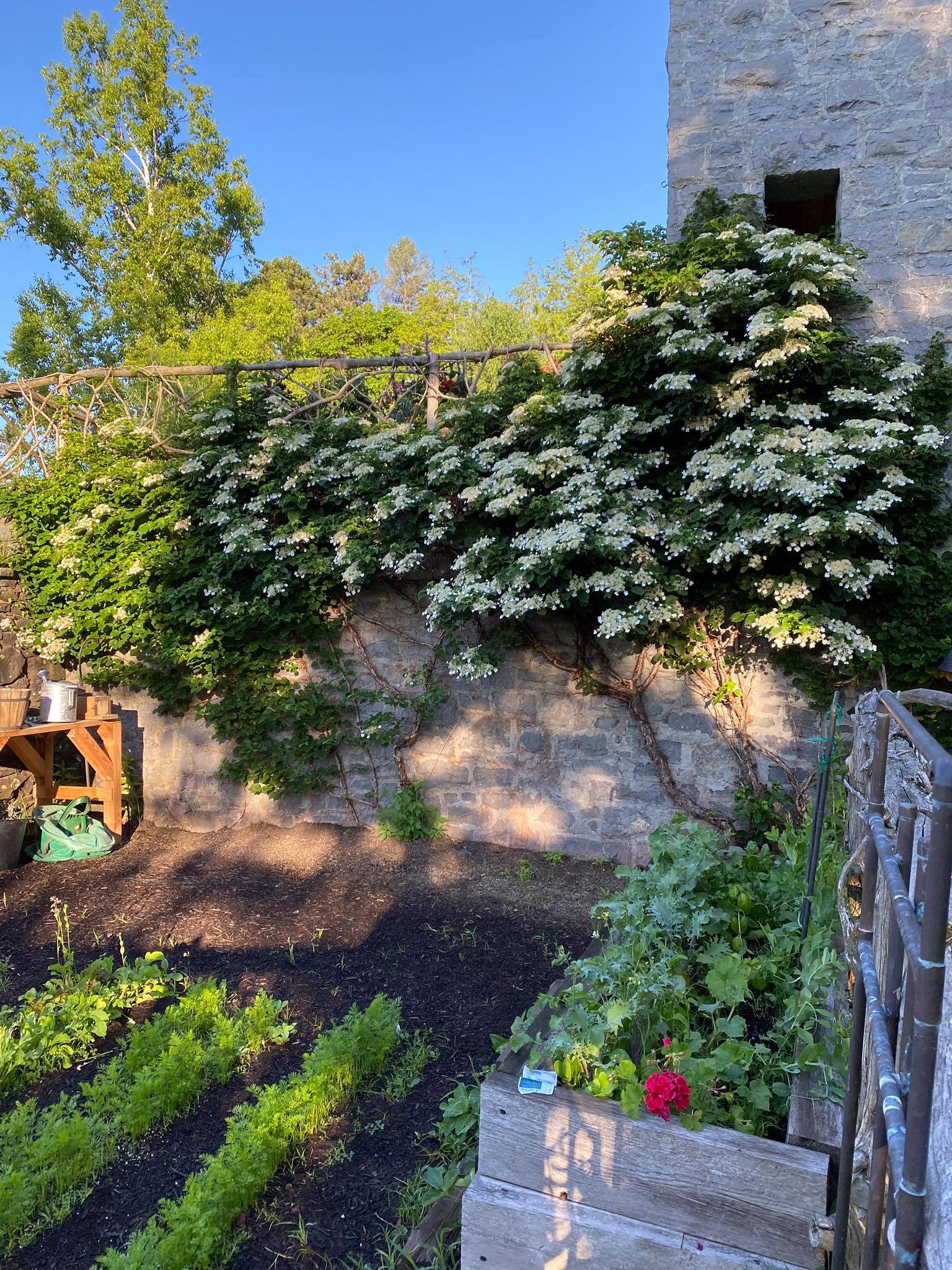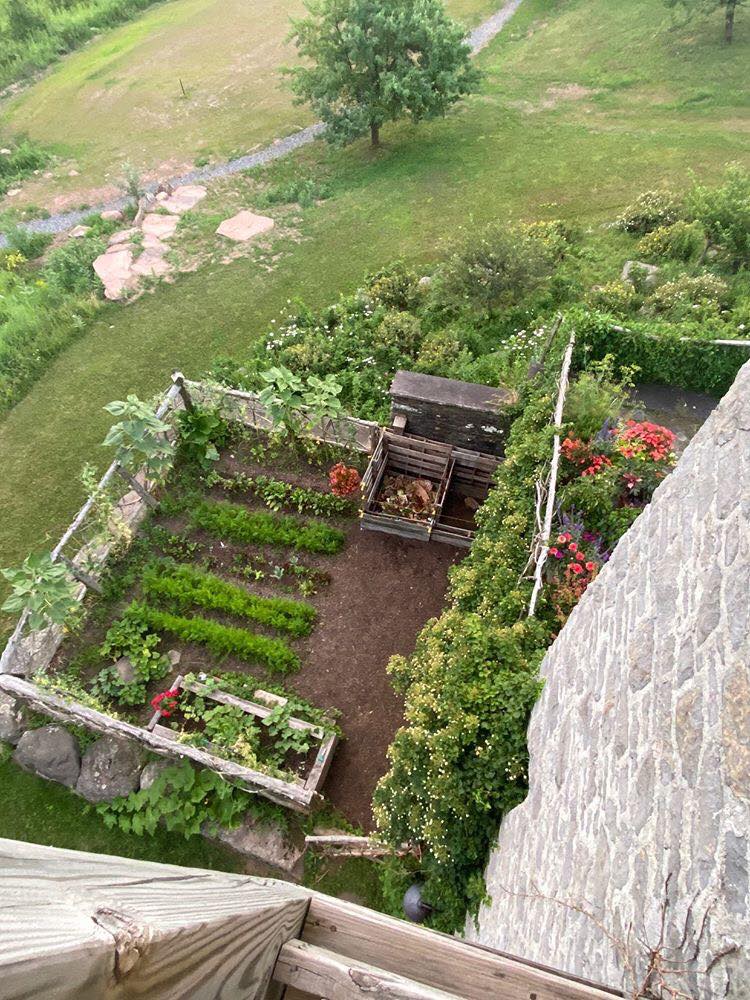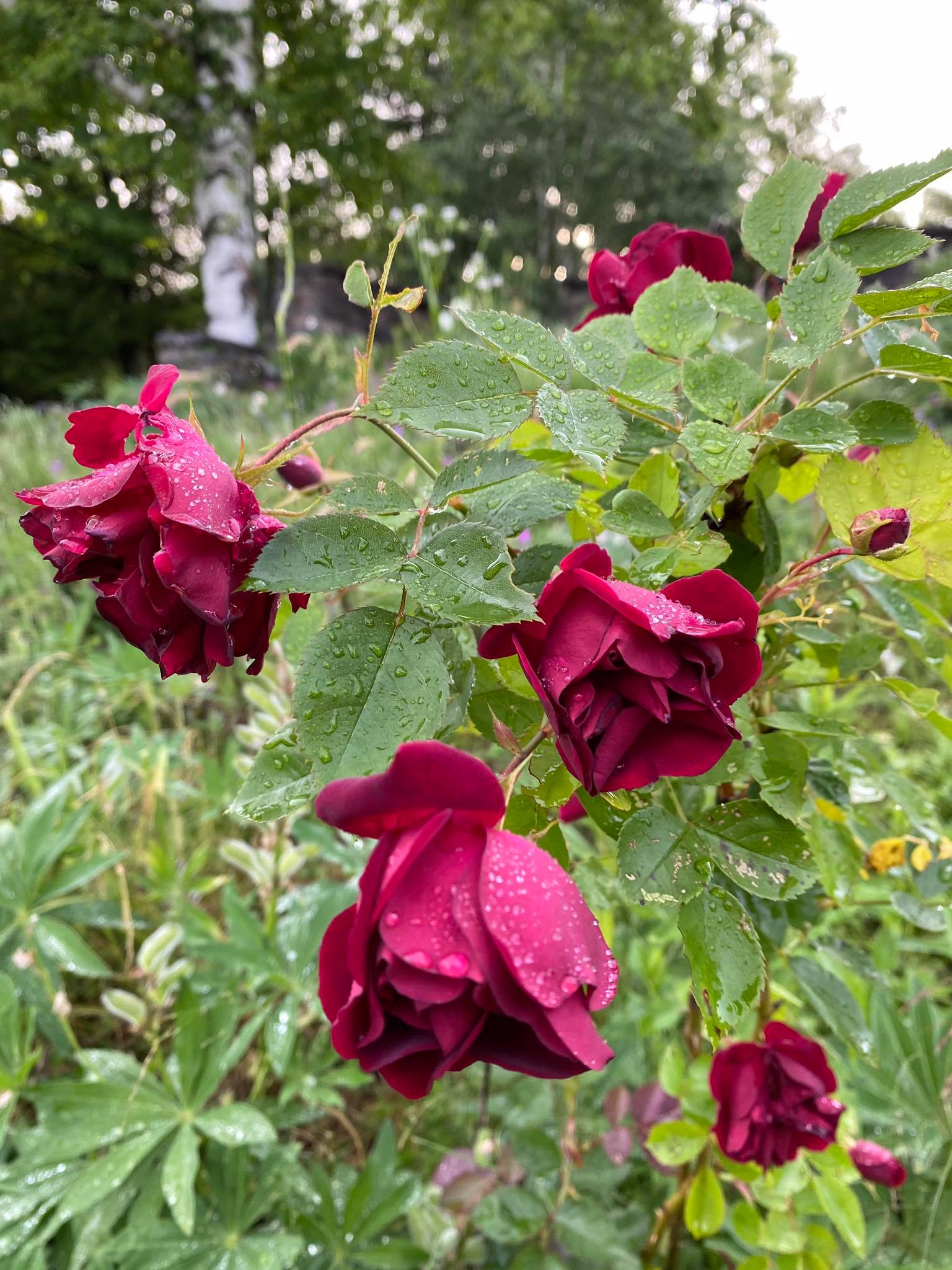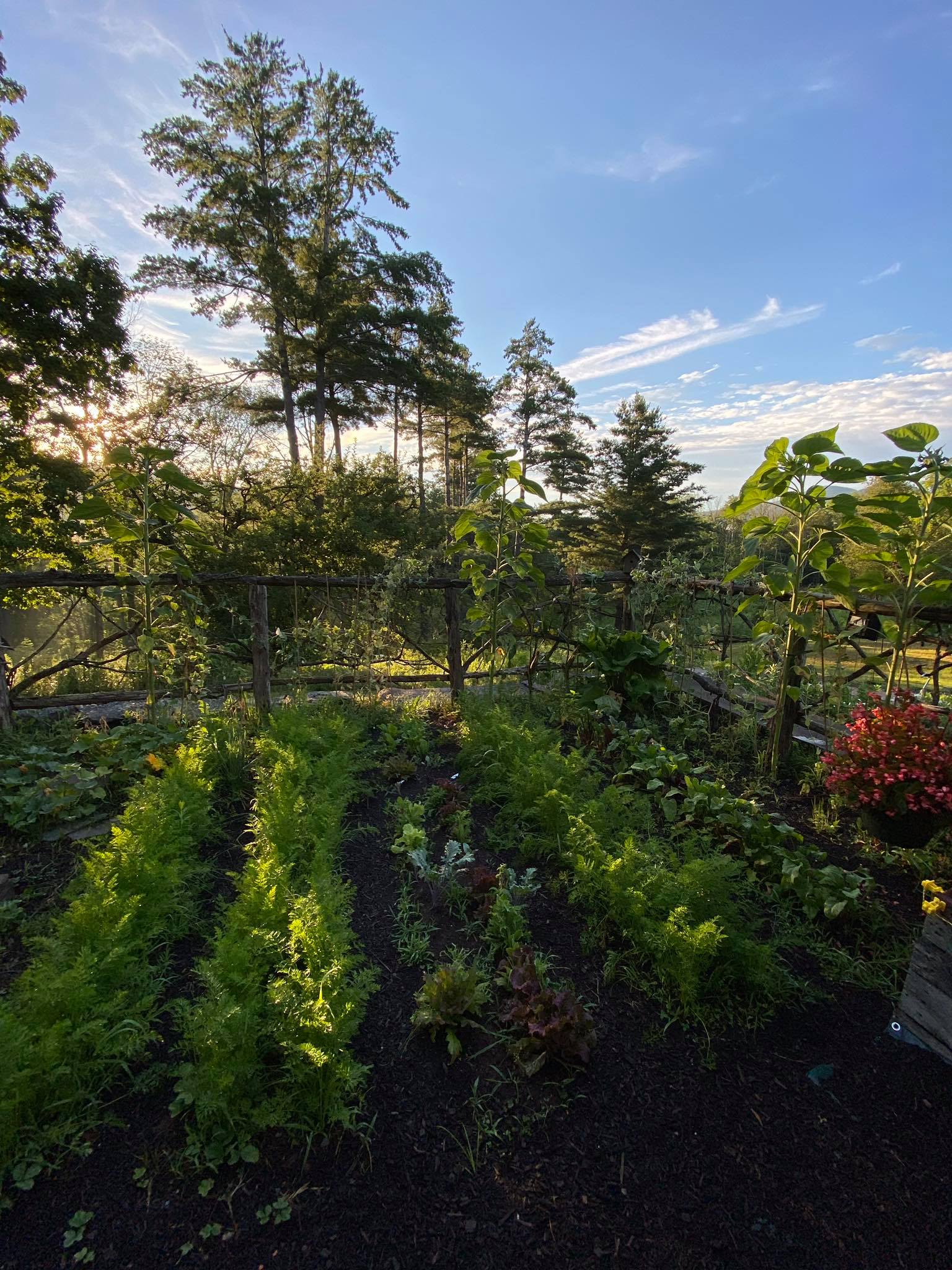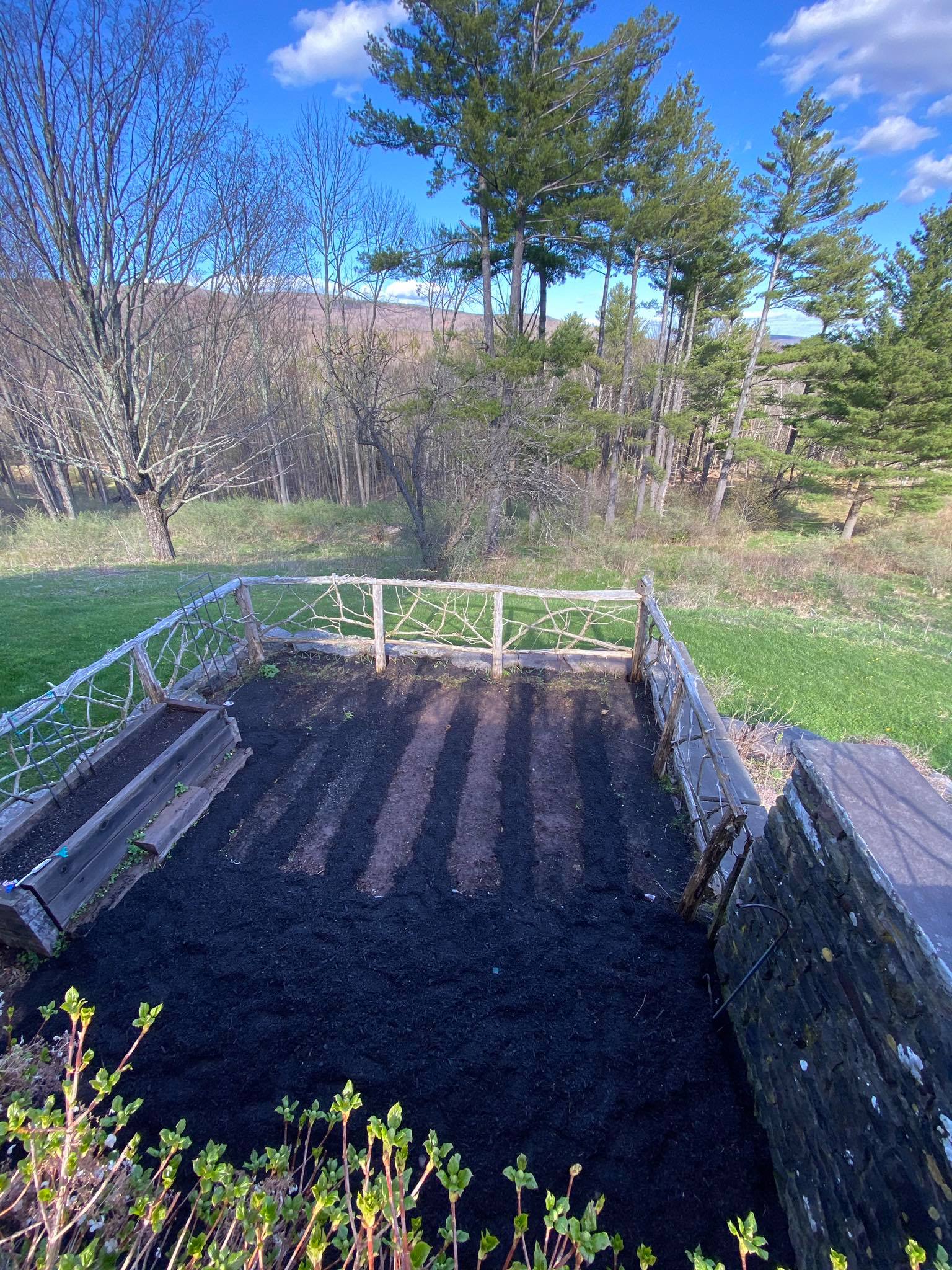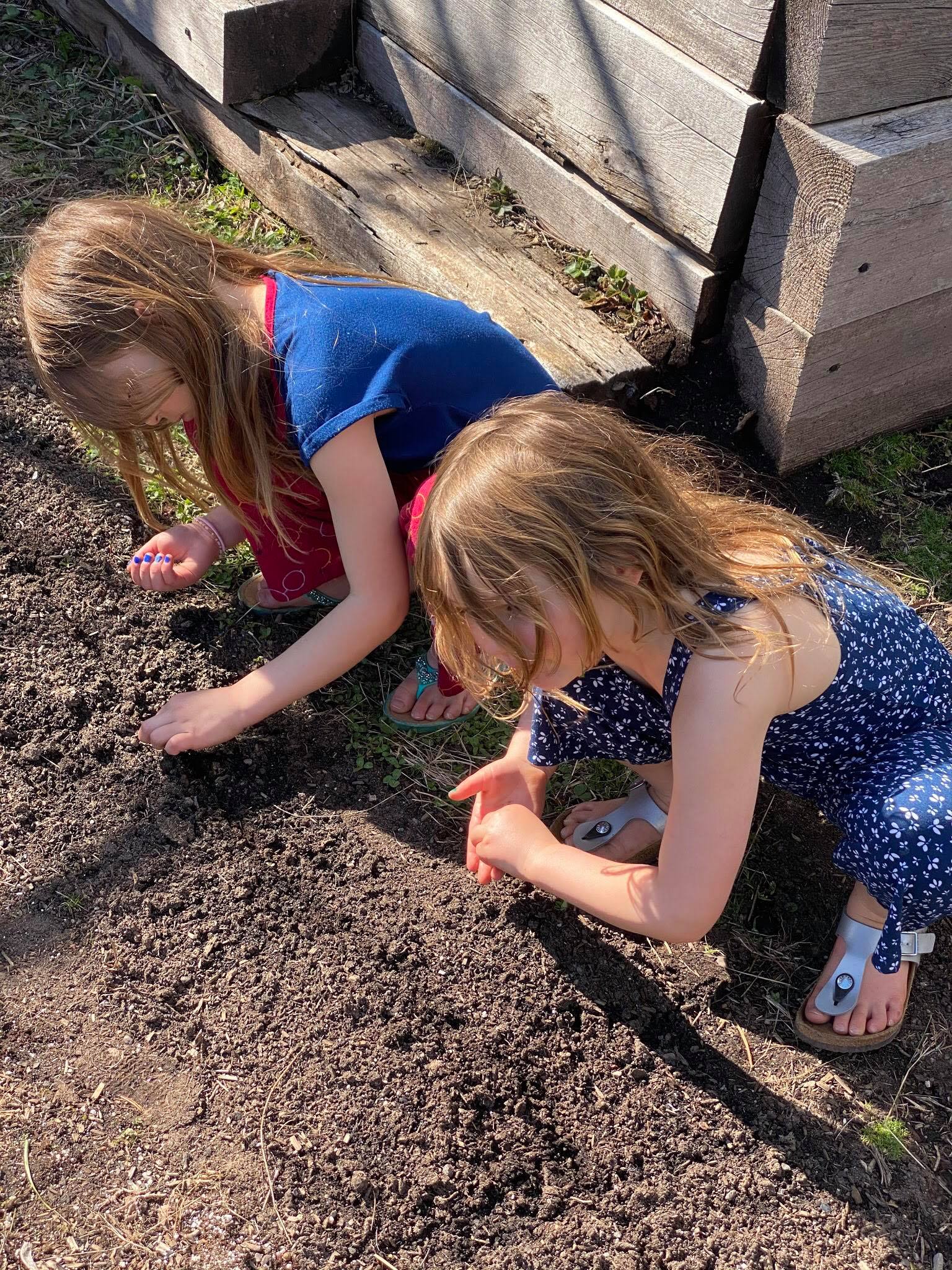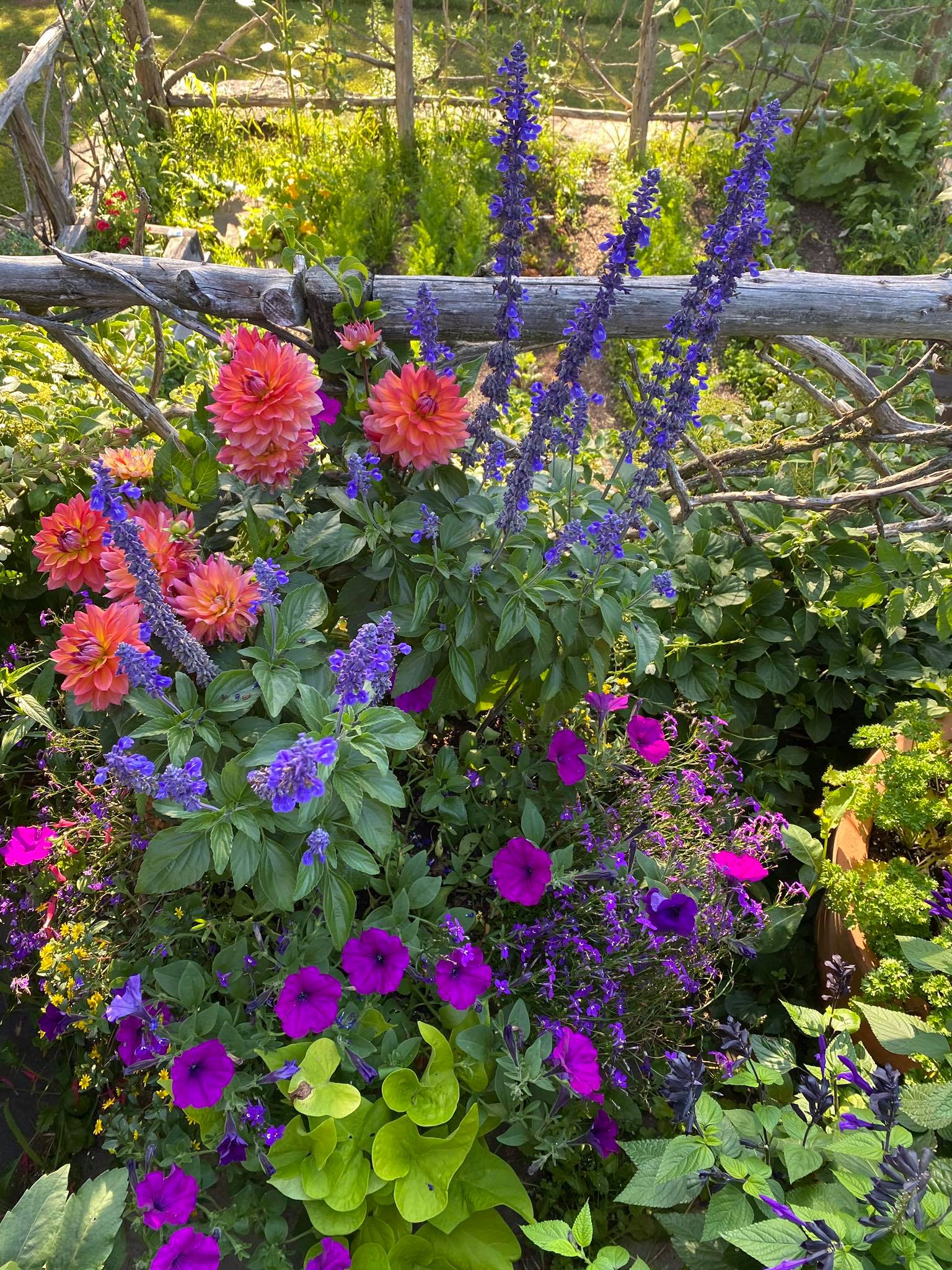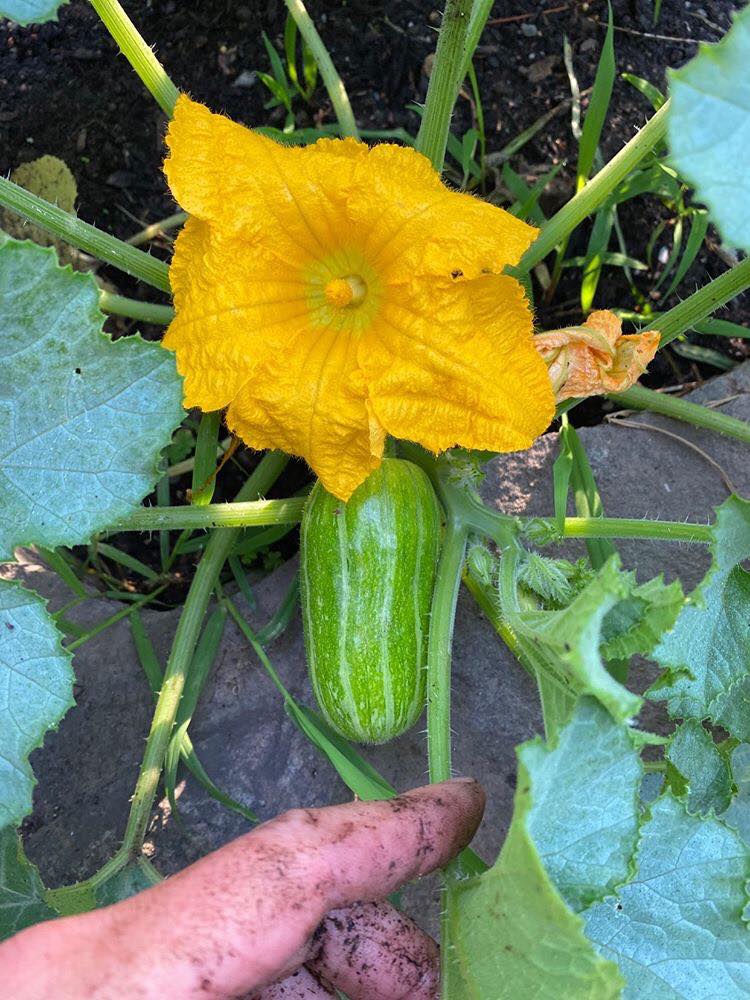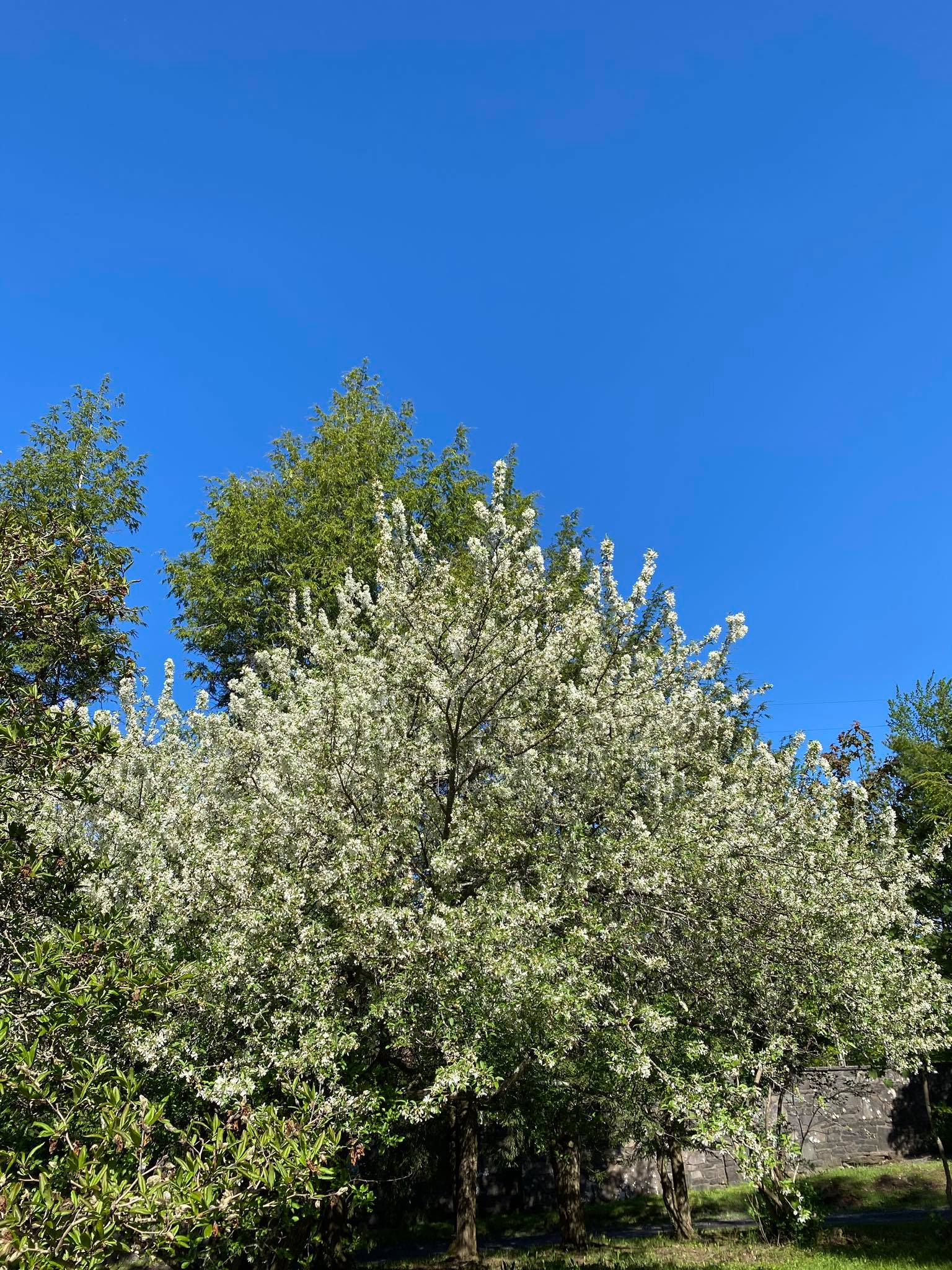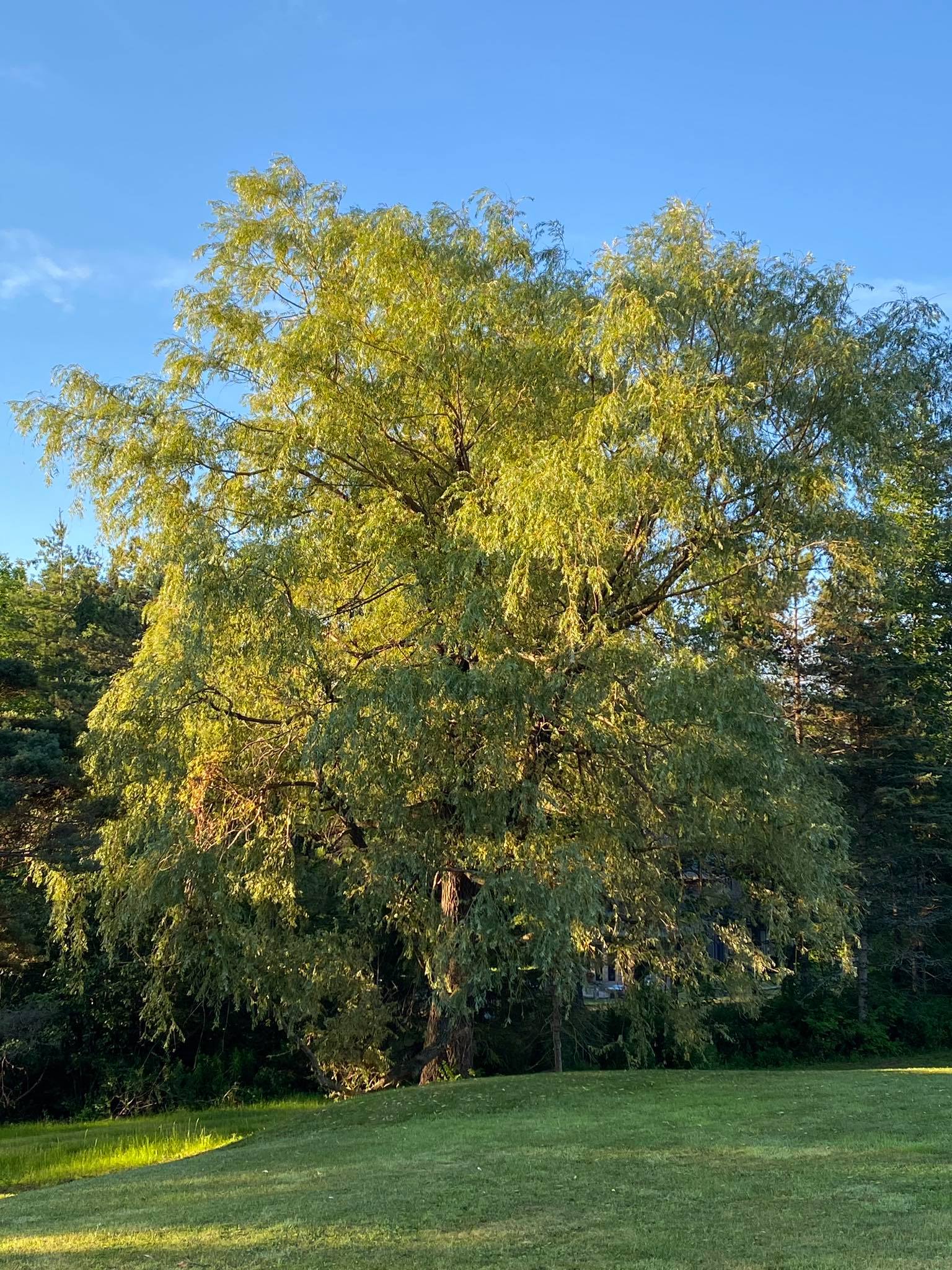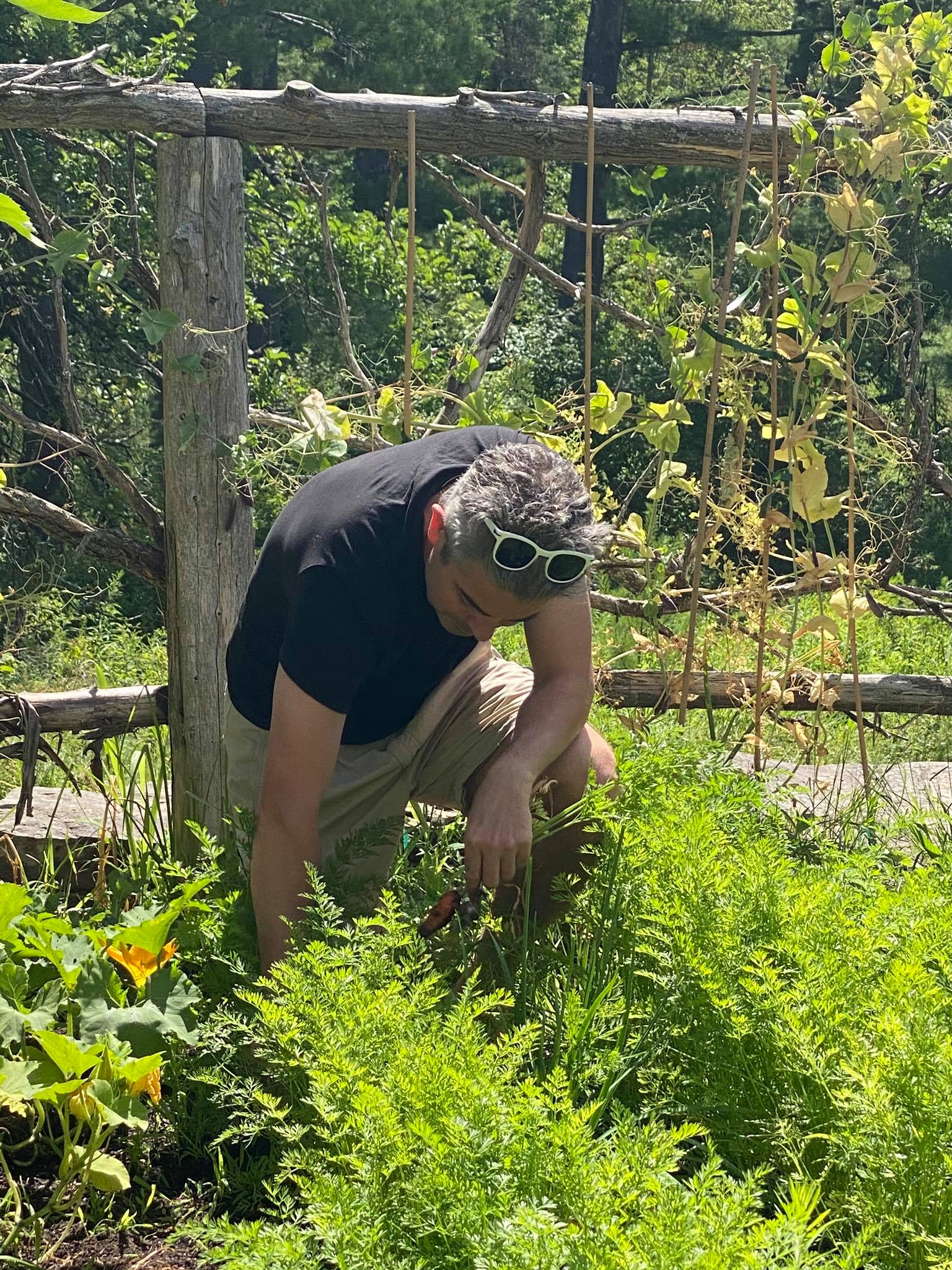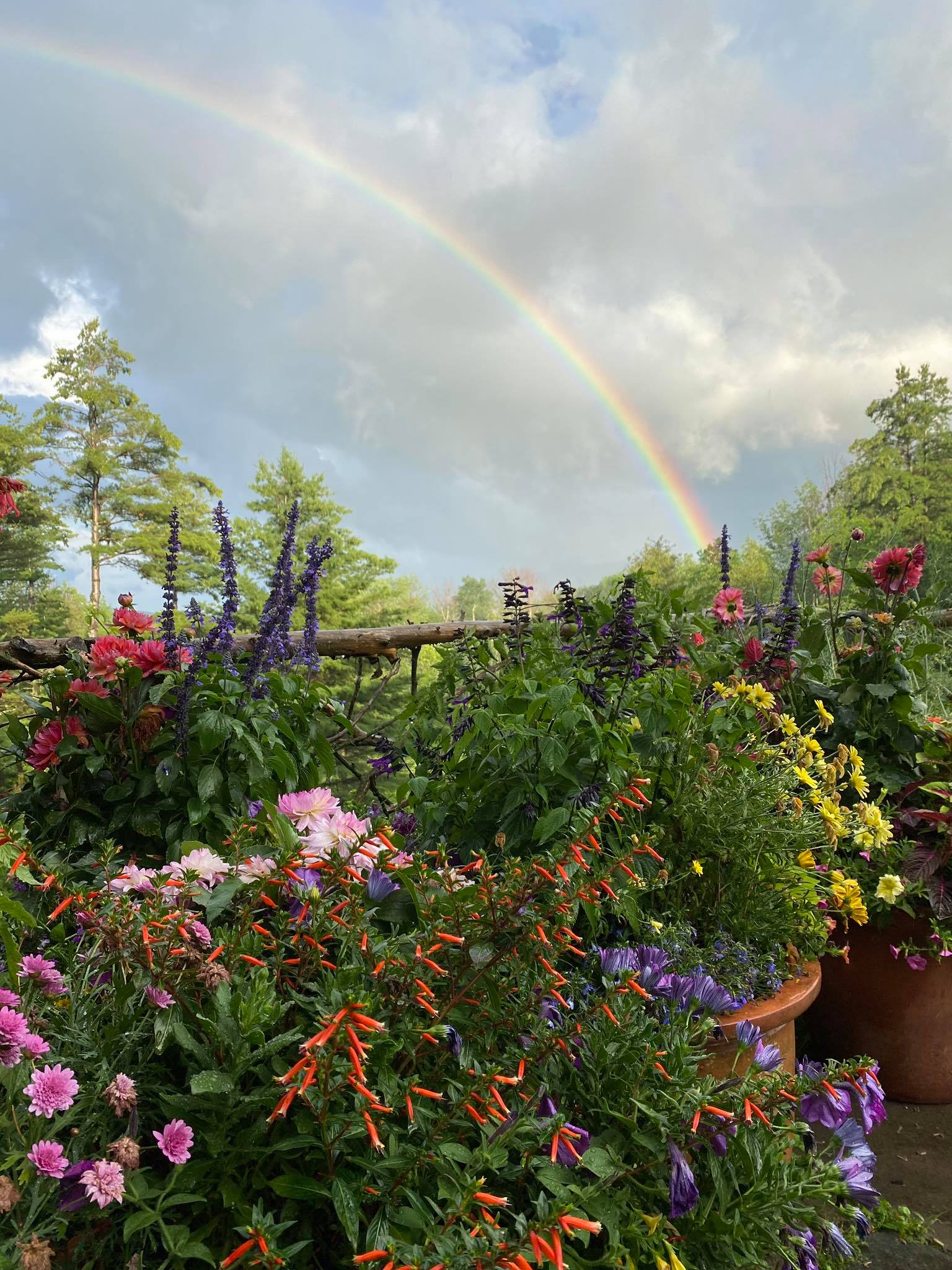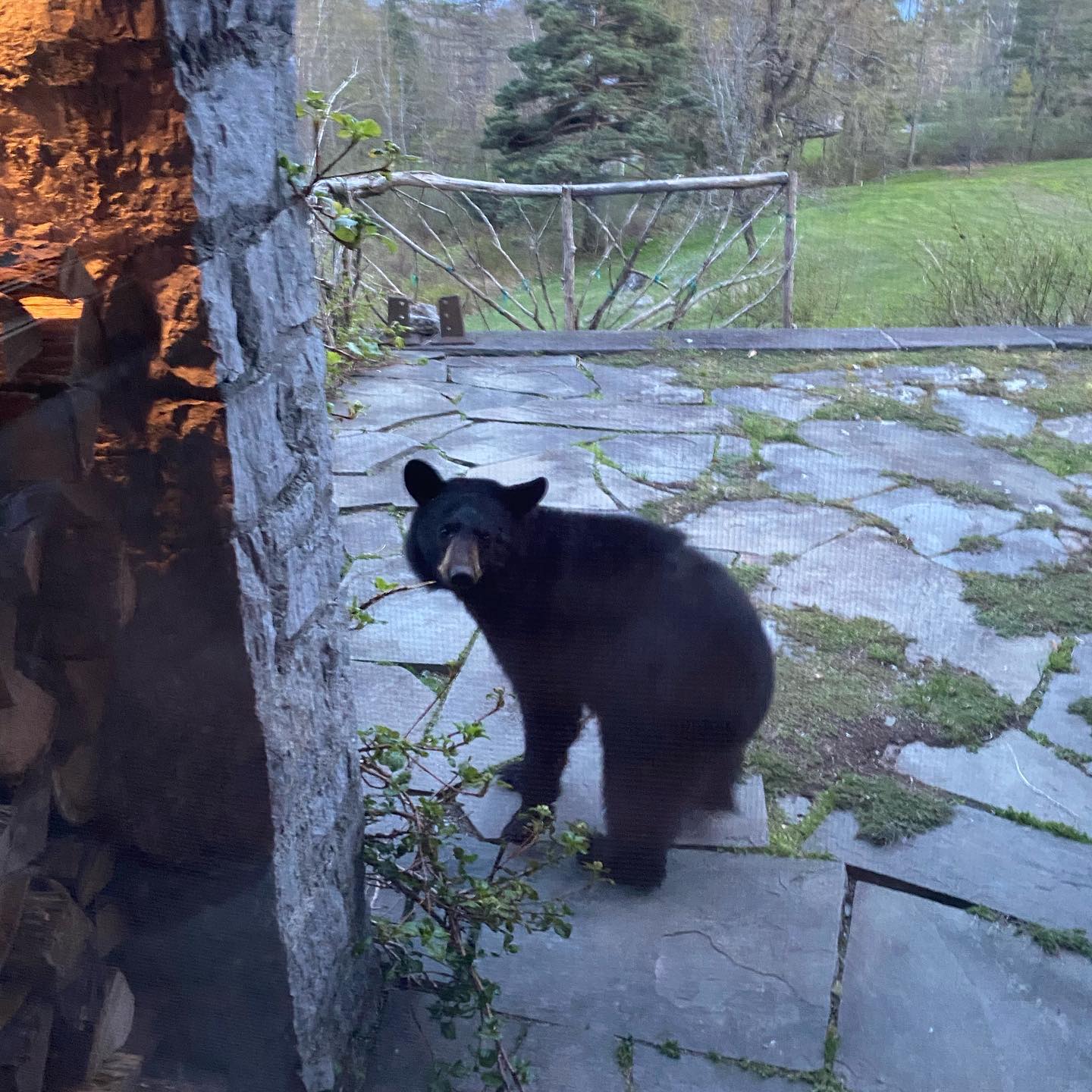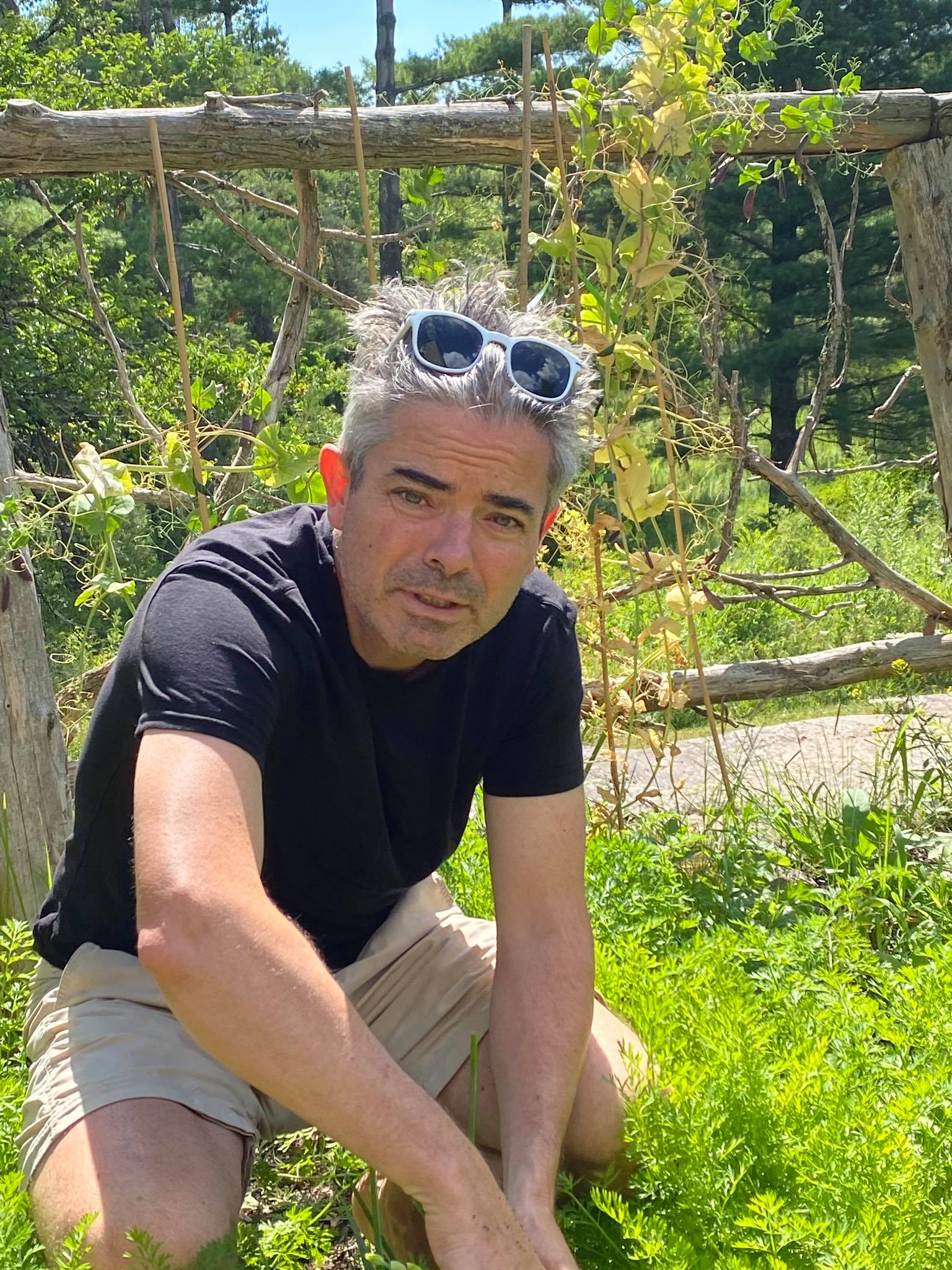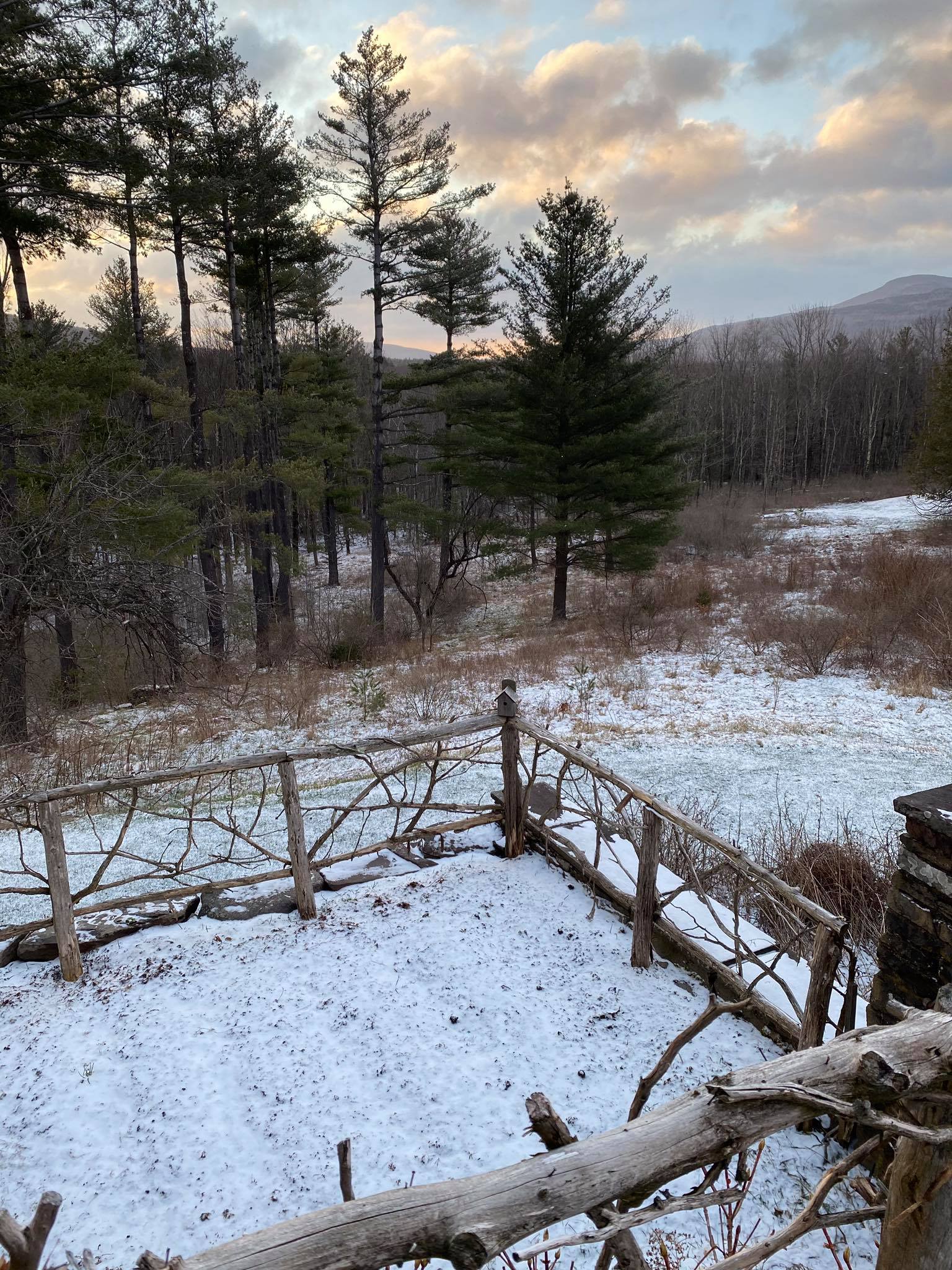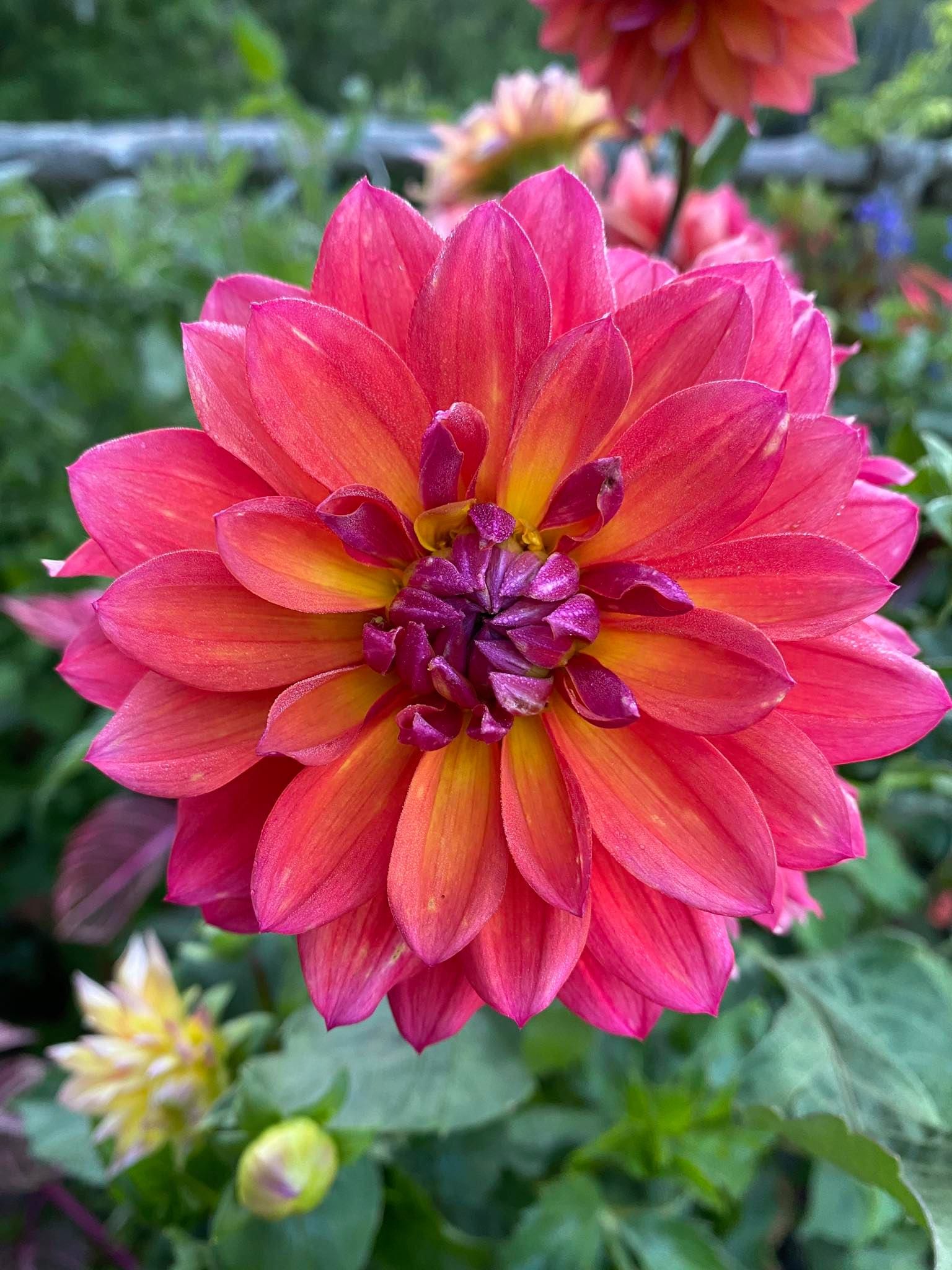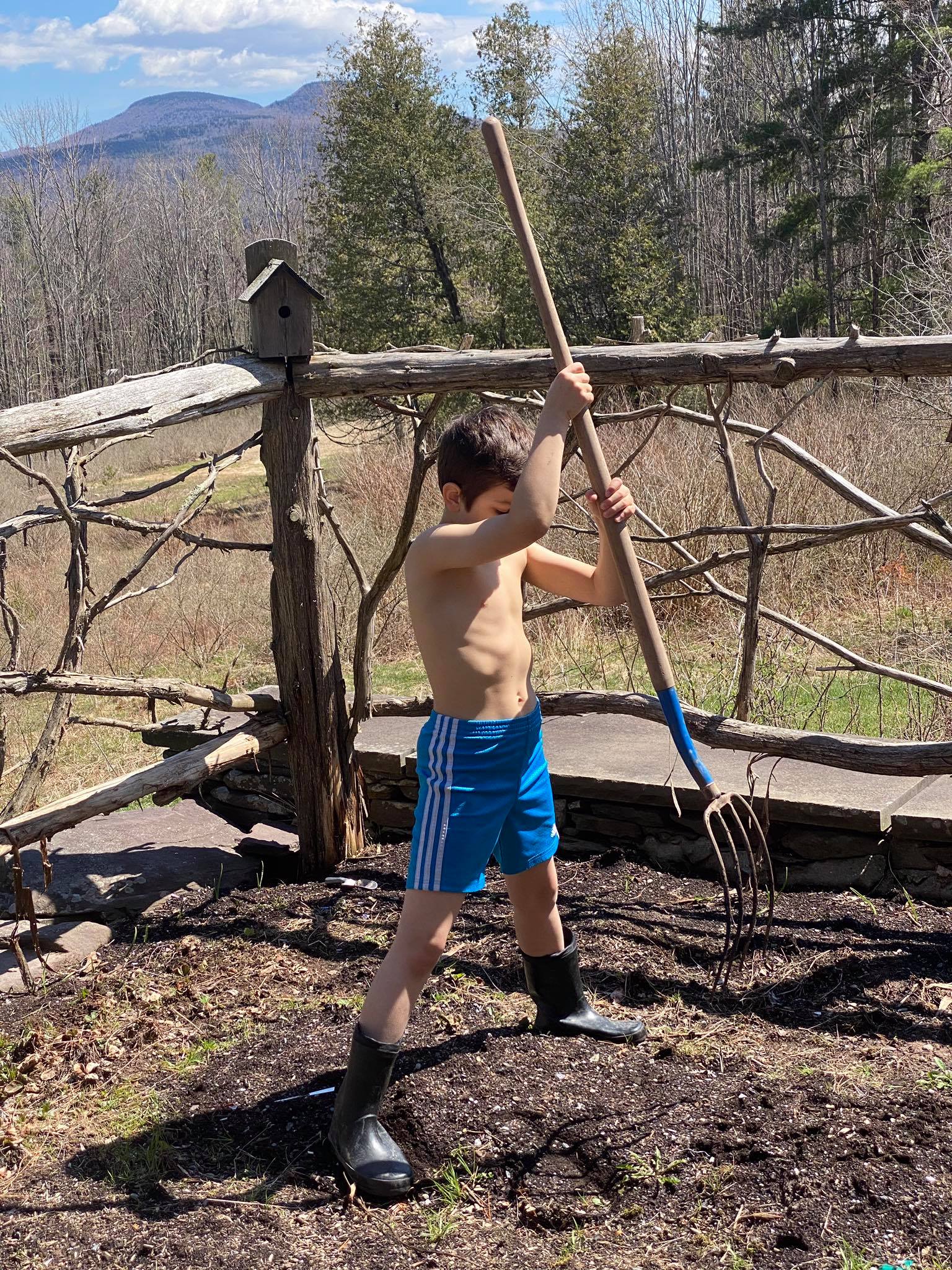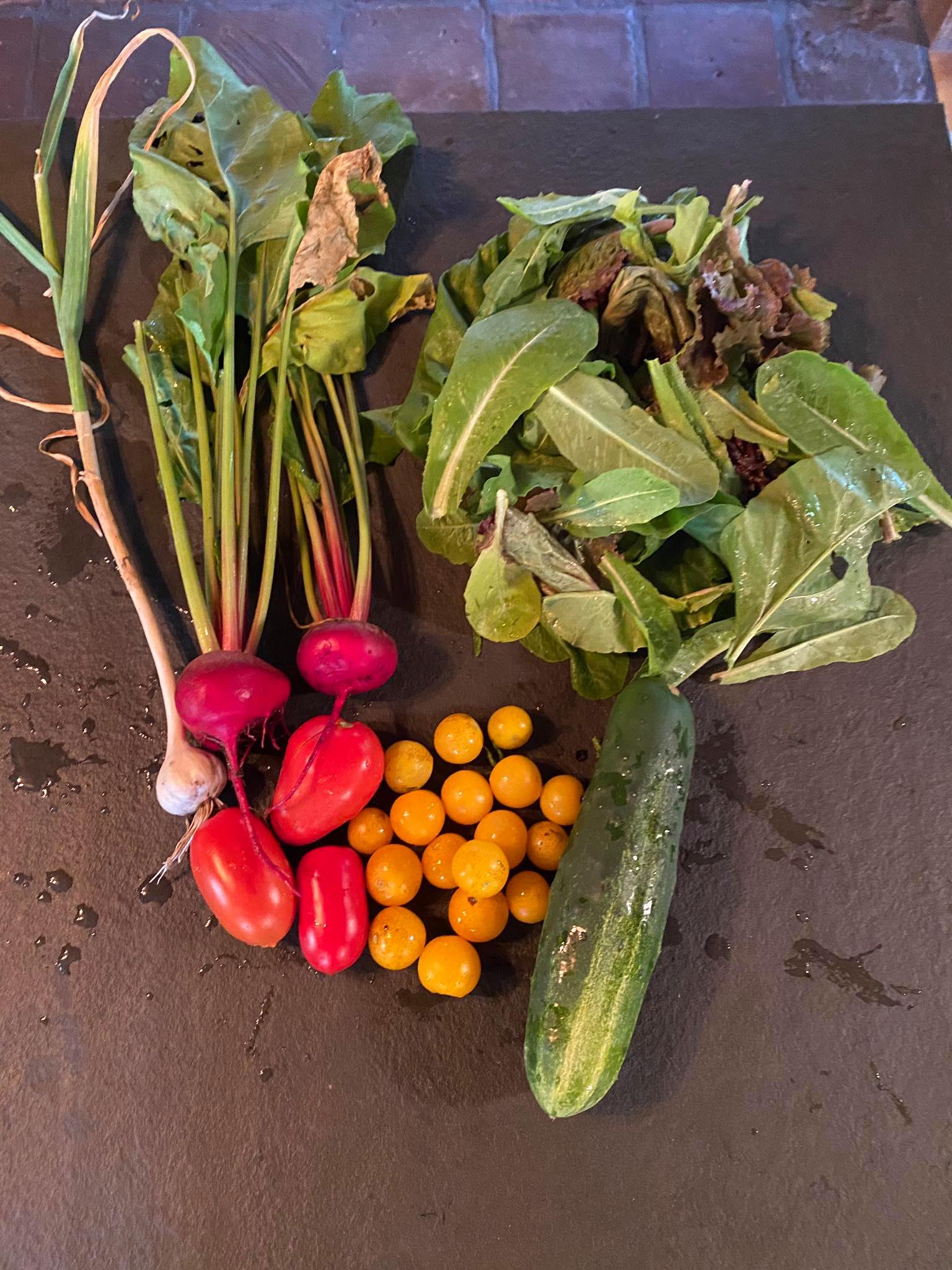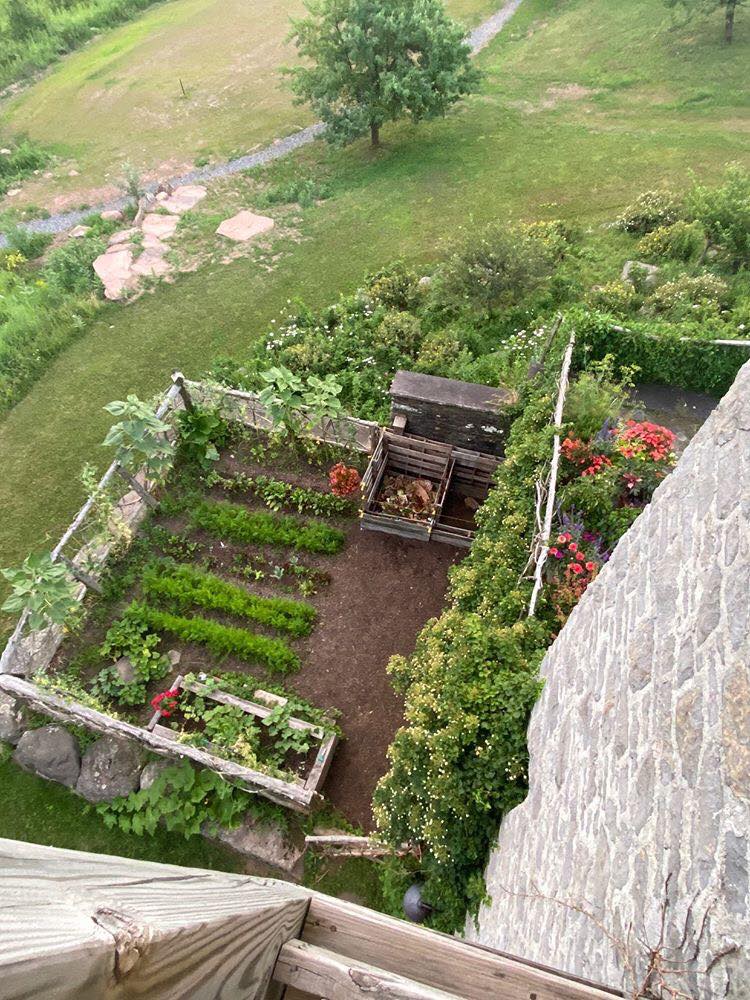
Meet Simeon from Tannersville, New York, United States
“My mother was an avid gardener. While she focused more on flowers there was always some variety of vegetables growing in the ground. That coupled with her always shopping at farmer’s markets created a connection for me between the food I ate and the ground it came from. My enjoyment of working with plants evolved into working a landscape construction job during college which taught me a lot about not just planting but also about creating, shaping and beautifying the earth. I work with my garden to be both productive but also aesthetically pleasing to the eye as well.
After working in finance in New York City for 18 years when the opportunity came to work remotely and raise my family in the country, one of the large draws was the time it created to weave gardening and growing food into the fabric of our family life. I have steered my family towards a mostly plant based diet for environmental, health and ethical reasons and there is no way to produce healthier, fresher food in an environmentally sustainable way than to grow and harvest the food yourself. The food that is particularly core to this philosophy for us is carrots. The care you have to take planting tiny seeds, the patience you must have allowing them to grow to maturity, the belief you must carry that they are indeed growing larger underground where you can’t see and finally the taste of a fresh carrot is like nothing else. They have been a source of great joy for the kids since they can remember.
We live in the northeastern corner of the Catskill Mountains about 100 miles north of New York City. Staples for us are carrots, beets, assorted peas, assorted lettuce, kale, different squashes and pumpkins, cauliflower, broccoli, garlic, corn, tomatoes and herbs. I grow the tomatoes and herbs in clay pots that I position close to our house, which is made out of stone, so that the heat reflected off the stone patio and walls helps to create better ripening conditions in colder and wetter summers. We grow pears, apples and blueberries in different pockets around the property. The flower gardens focus on Peonies, Roses, Lavender, and I have planted a lot of an older variety (PeeGee) Hydrangea in the last few seasons. Climbing on the house and stone wall I maintain Climbing Hyrangea and Fall Blooming Clematis. Some of the apples are from trees that I estimate are well over a 100 years old producing fruit that I find hard to classify in current descriptions. These trees I have nursed back to health as I have gradually uncovered them by cutting back younger growth that had surrounded and overtaken them over the 50+ years that the property was abandoned.
I learned about no till farming two seasons ago both from the former proprietors of Fromer Market and Gardens in Tannersville and Interlace Agroforestry in the Adirondacks. While I feel I’m only just starting to see the benefits of that this season I have also built a two bin open air compost system in my garden with the goal of reducing our household waste and producing 100% of our soil needs by next spring as I work to grow the height of my beds. For weed control this year I also incorporated laying down used cardboard between my beds and covered that with local excess mulch. My vision is to mix that cardboard and mulch into the compost at the end of the season and lay down fresh cardboard/mulch again in the spring. The two bin systems capacity is designed to have each bin hold enough soil for a season so that while I’m bringing down one bin I’m building the other up with our household and landscaped excess. For pest management I’m pretty blessed to not have to deal with too much. When it’s wet I have to pick the slugs off the kale. Some seasons Woodchucks can be an issue but the last two seasons the fox that lives on our property got him or her early in the year. I do grow strawberries but almost never get to harvest them as the chipmunks beat me to it. The fence keeps the deer out and I have recently installed electric wire around the compost to keep the bears away.
I incorporate my kids into as many aspects of the process as I can. Prepping, planting, harvesting and of course eating… but so far they are a little young to do extensive weeding. As with most things I keep in mind the saying “don’t let perfection get in the way of progress". If I can’t weed a bed one weekend I know if I get to it the next it won’t be the end of the world. Yes plants need care but they are also remarkably resilient and there is a great lesson in that.
Easily the biggest reward is teaching my kids both how to produce food as well as having them experience what fresh food tastes like. I love how they can identify herbs not just by sight but by smell, and that they understand the time and effort it takes to produce a bunch of carrots. It gives them much greater respect for food than they’d otherwise have just being able to pull it off a shelf in a store. It also teaches the sustainability component of waste to soil to seed to growth to harvest which is invaluable to understand not just for gardening but for life.
We love to have friends and families over for meals (I love to cook). When we do, I involve all the kids in harvesting, washing and preparing the food. When I can I also include my children’s friends in planting in the garden. This season we are having a sunflower growing competition sponsored by Kern’s Nursery where my kids and their friends planted sunflowers back in May and are working on tracking their growth through the season. At this point we easily consume 100% of the food we grow ourselves. A goal down the road is to eventually grow enough to share but that is a goal we will grow into with time rather than force right now.
While anyone can learn to grow food I think it’s so important that parents try to learn, involve and teach their kids the process. Kids will eat what they grow and their is nothing healthier than fresh home grown foods. The next generation has to be raised to be much better stewards of the earth than any generation since the industrial revolution. The future of our races’ very existence on the planet is tied to that. Growing food creates a virtuous cycled towards the earth and each other that is imperative to spread and replicate through this upcoming and future generations.”
